On our way to the Caribbean, we stopped over in Miami since it had been several years since I had a chance to play in this American city, one which oozes all things Latin with international flavors laced throughout. My memories of Miami are a bit like my memories of certain parts of LA — FUN is the predominant word. Integral is food and wine.
Despite the many times I’ve been to Miami for a conference or simply to take in local culture, I had never been to Little Havana, so Anthony and I decided to embark on a food tour of the area: where Cuba meets America.
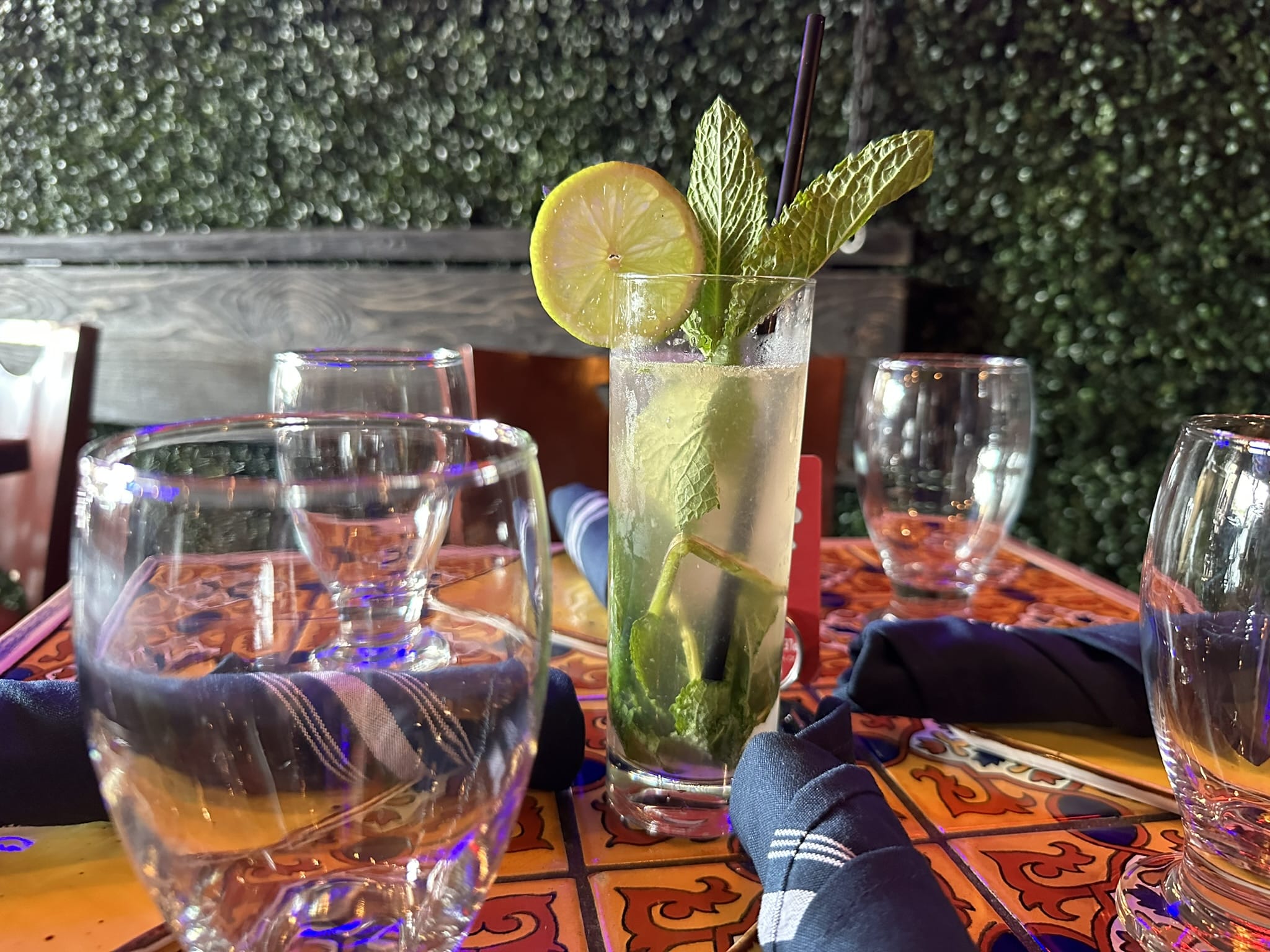
Cubata vibrantly decorated tables in Little Havana
Miami Culinary Tours
We embarked on a foodie tour with Miami Culinary Tours, one they refer to as the Little Havana Food & Cultural Tour. They kick things off at the Tower Theatre in Little Havana and from there, it’s a food-walking experience that explores this vibrant and historic neighborhood.
We started off with Cuban coffee – whoah! It’s both strong and sweet, so be prepared. It’s one of the reasons they serve it in such small-sized cups. La Ventanita, a gathering place for Café Cubano, is known for its iconic Cuban-style coffee, also known as colada. This is how our guide explained the different coffee options to us: Horvolito and Cafe con Leche both have hot steamed milk with a shot of coffee. Cafecito is a traditional espresso sweetened with sugar just for you and Colada is a Cuban coffee to share.
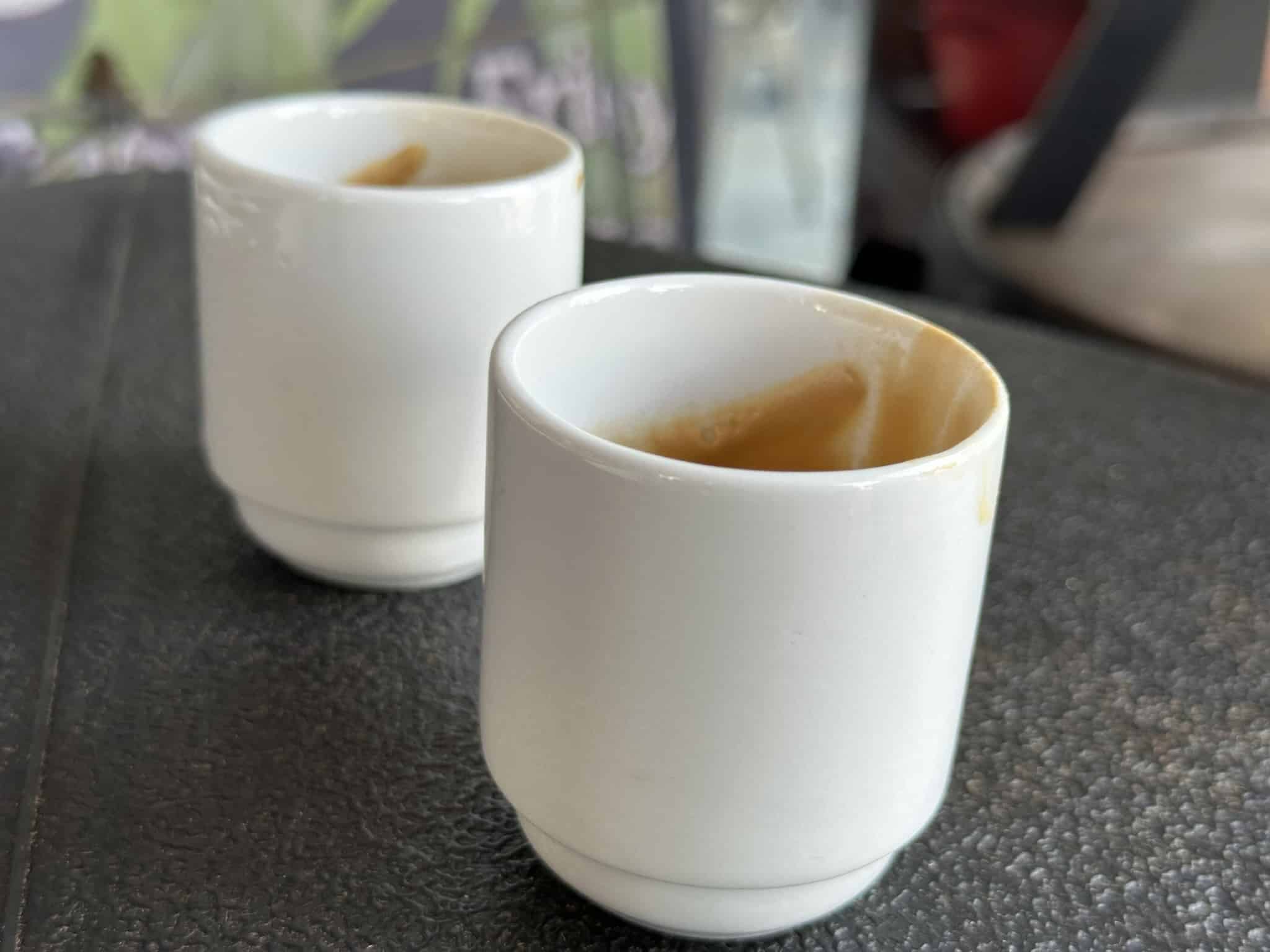
At El Pub, you’ll taste ever-so-delicious empanadas and the Peanut Guy (not his official name) will likely show up and sell you peanuts for a buck for a small tube of them.
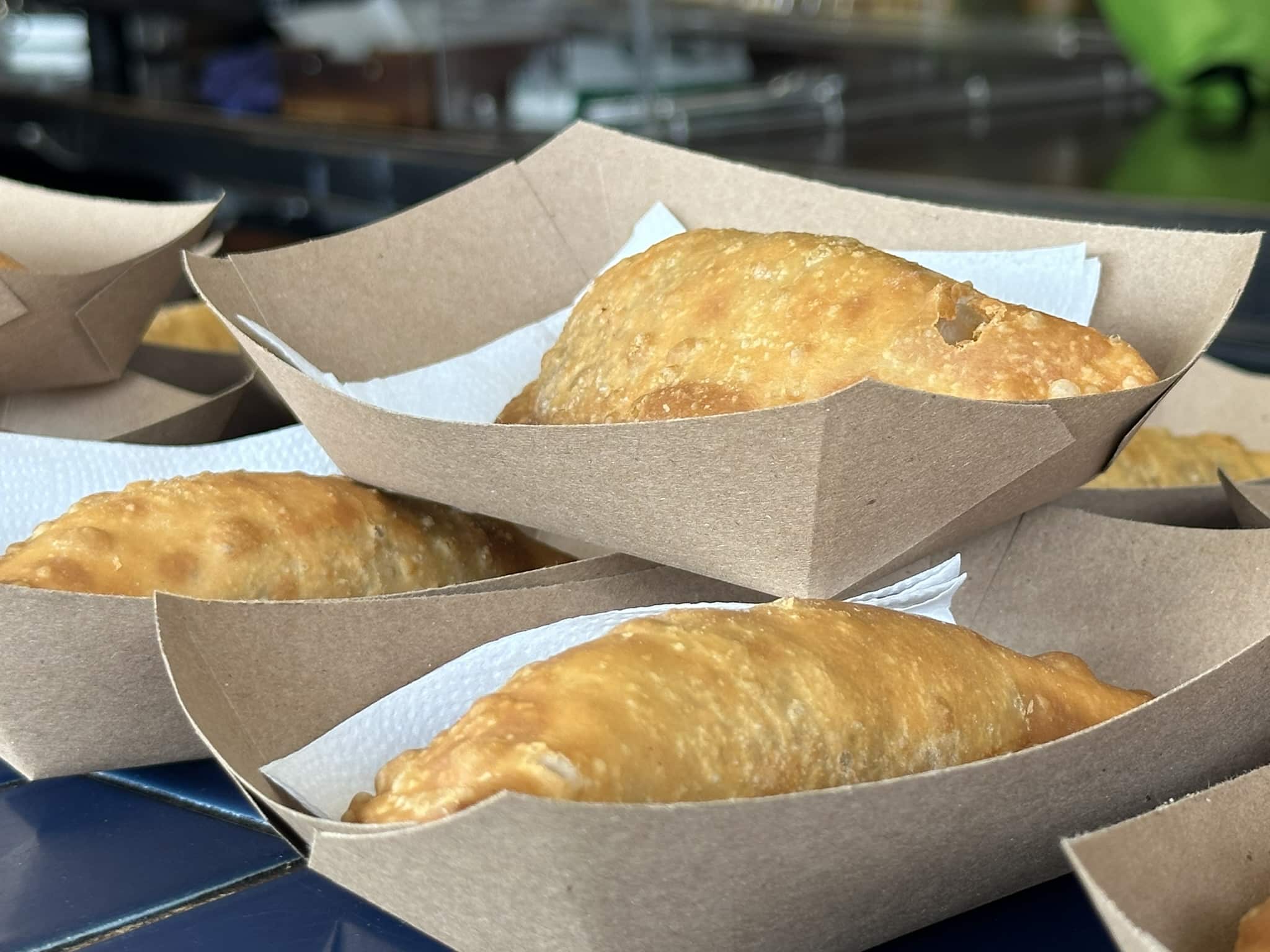
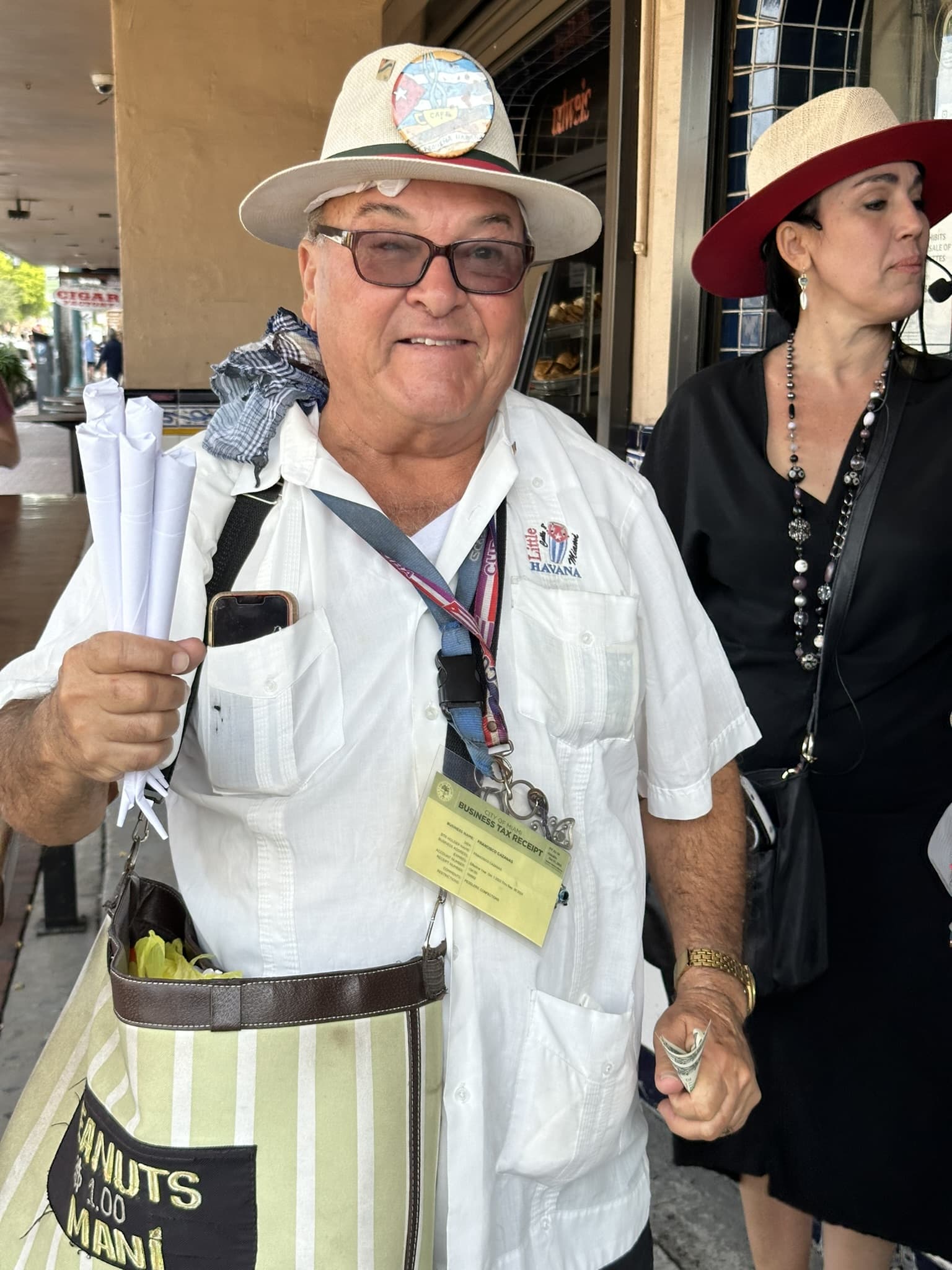
There has to be a baked option in a food tour, right? PC Bakery is a fun spot on the main drag and has been around since the 1980’s. The place felt like a mishmash of Cuba, Miami and Paris.
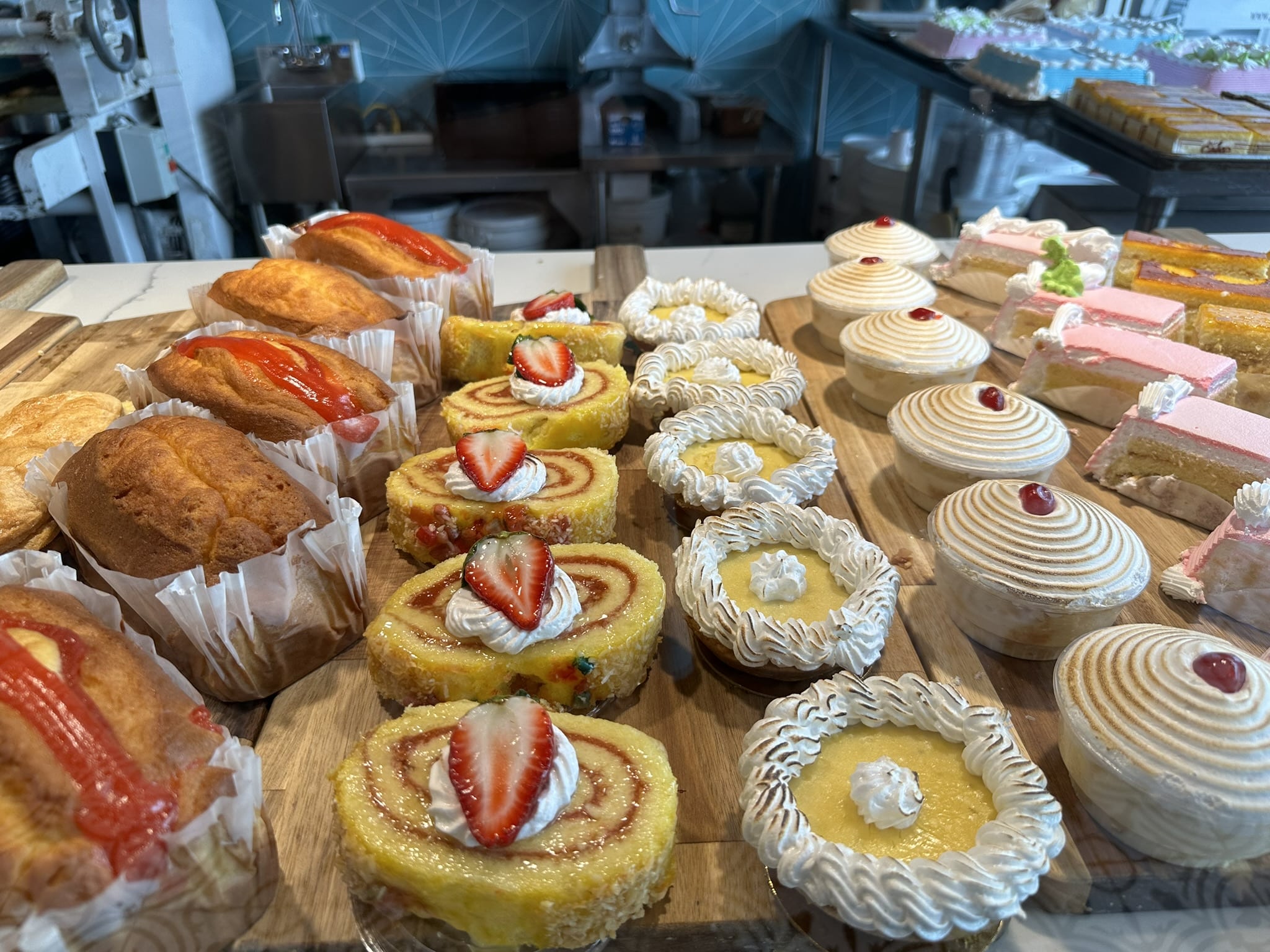
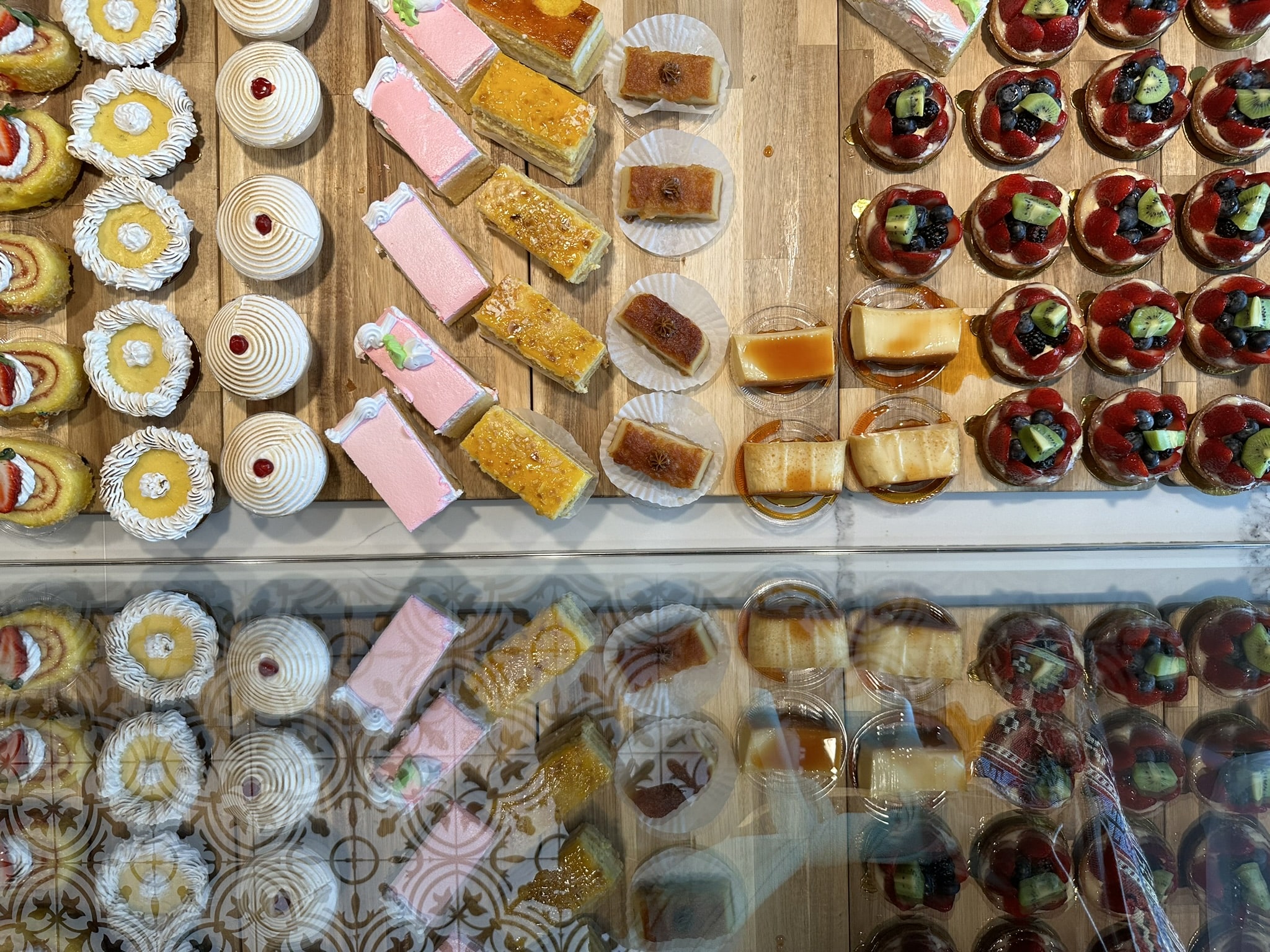
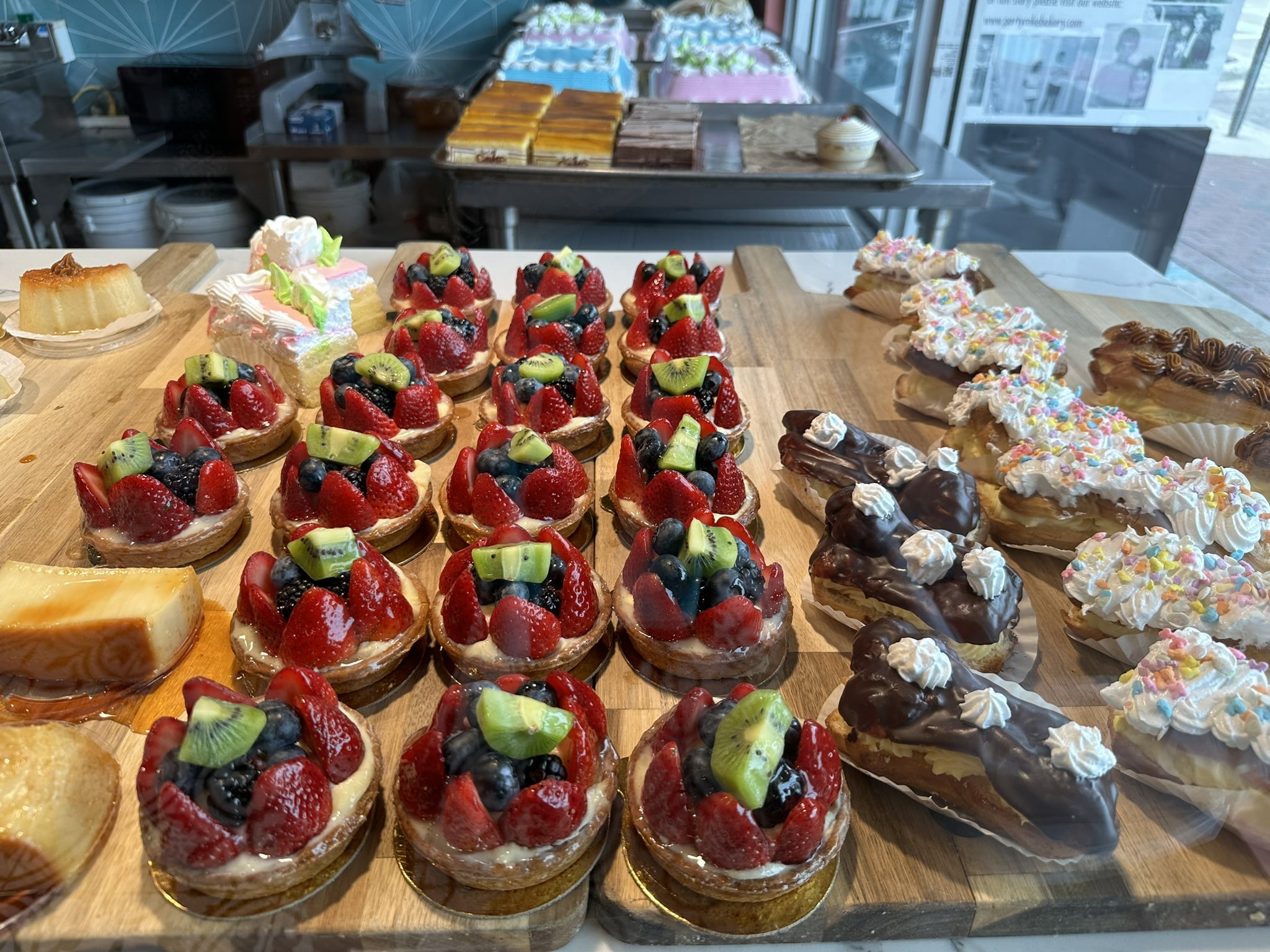
Below, our tour guide shares the cheese pastries with participants.
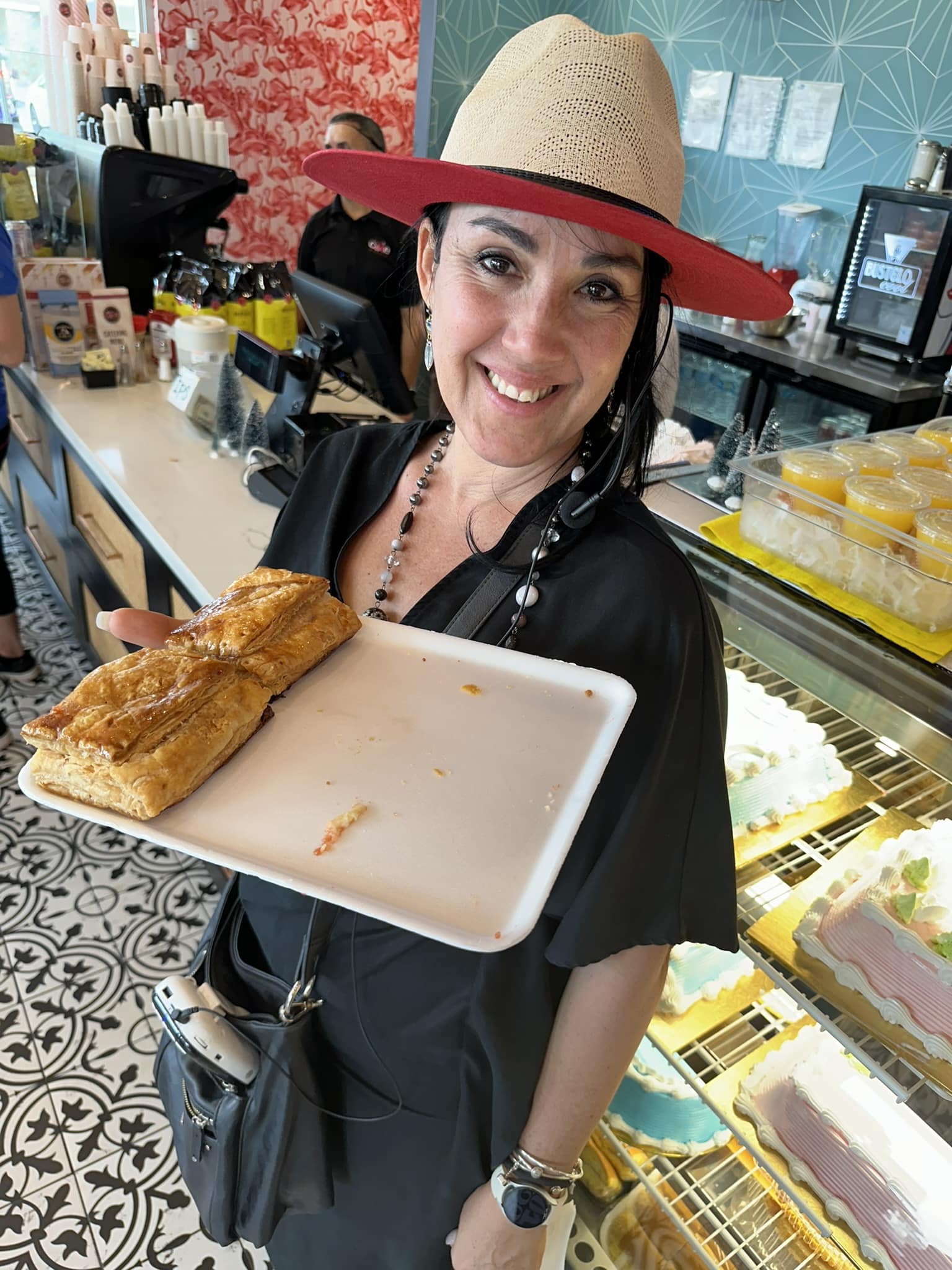
The Ball & Chain transports you back to an older era with music, dancing and the spirit of what you might call Old Havana. There’s delectable Cuban tapas and great drinks. Los Pinarenos Fruteria offers fresh produce, freshly squeezed juices and tropical smoothies.
There are also great murals to be found throughout Little Havana. They tell a story (and a history) that is not often shared with a mainstream audience.
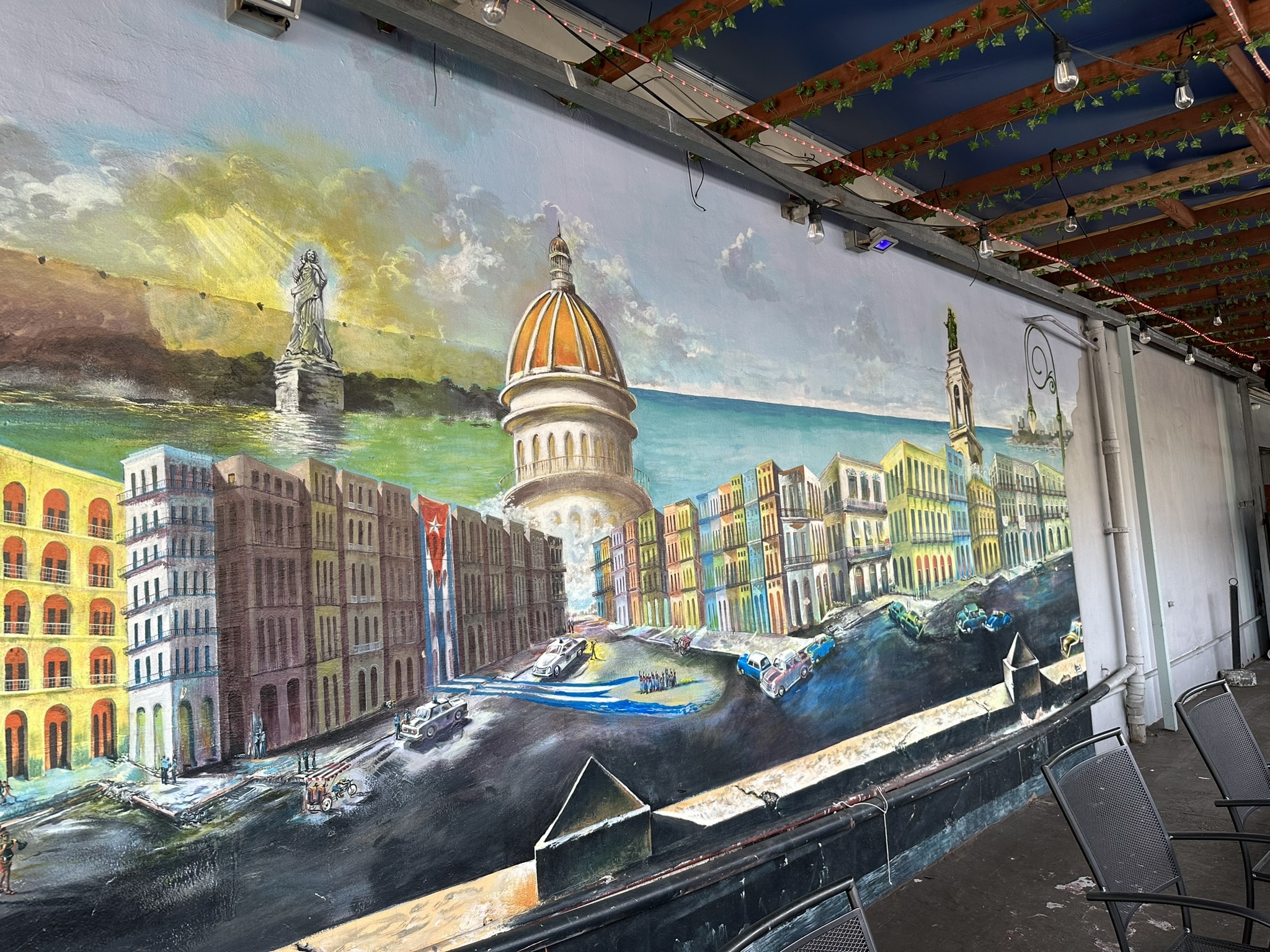
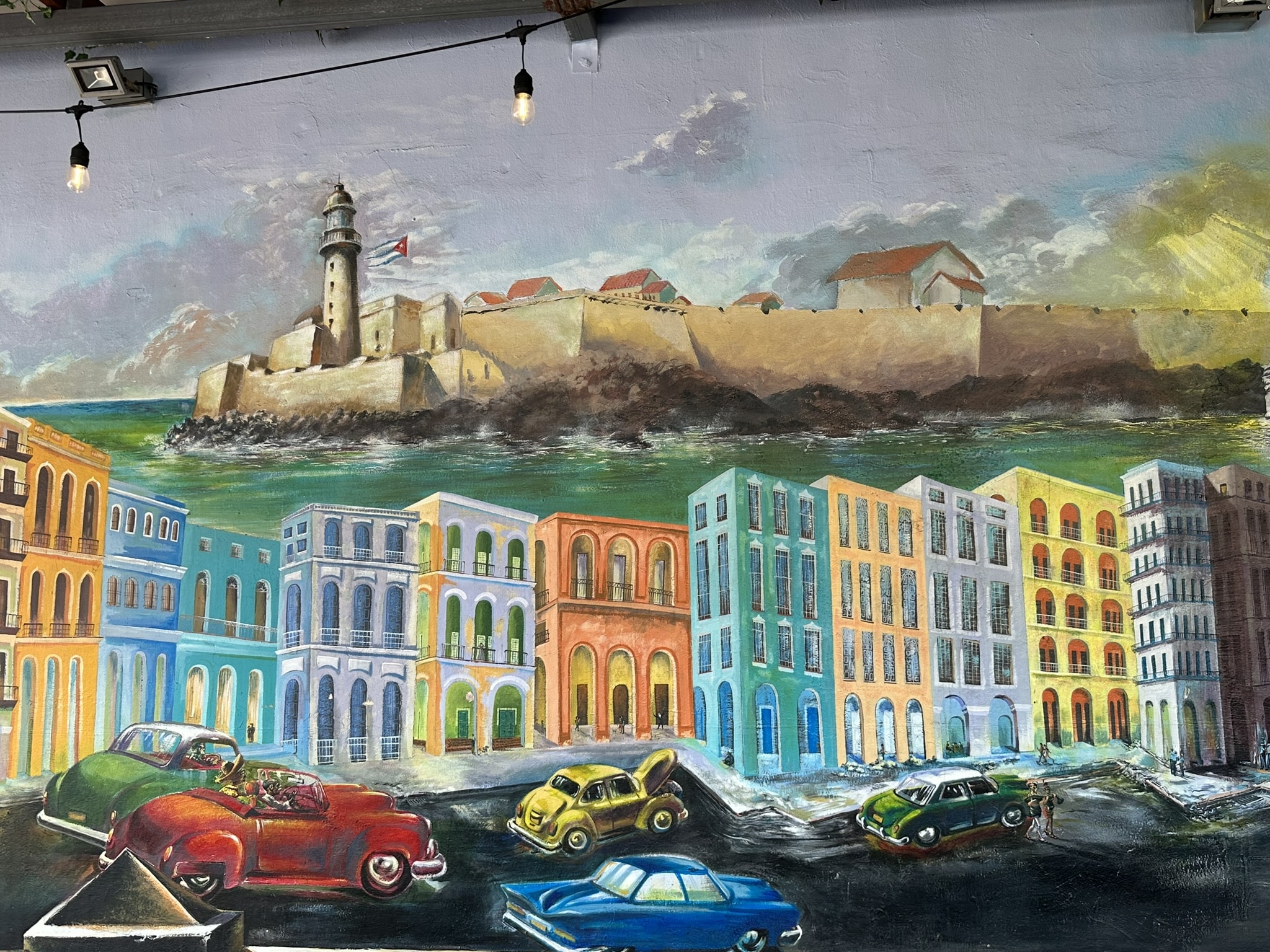
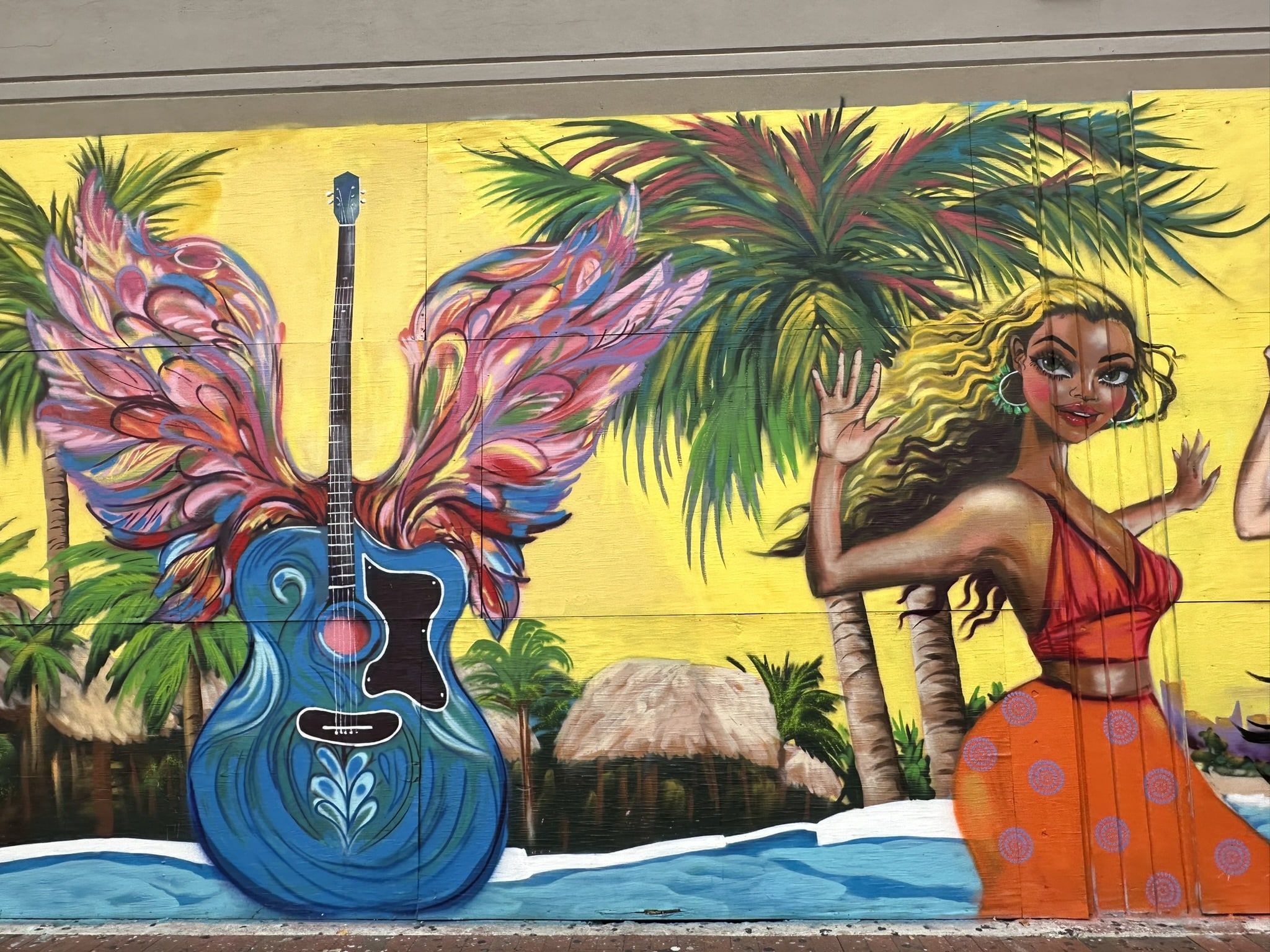
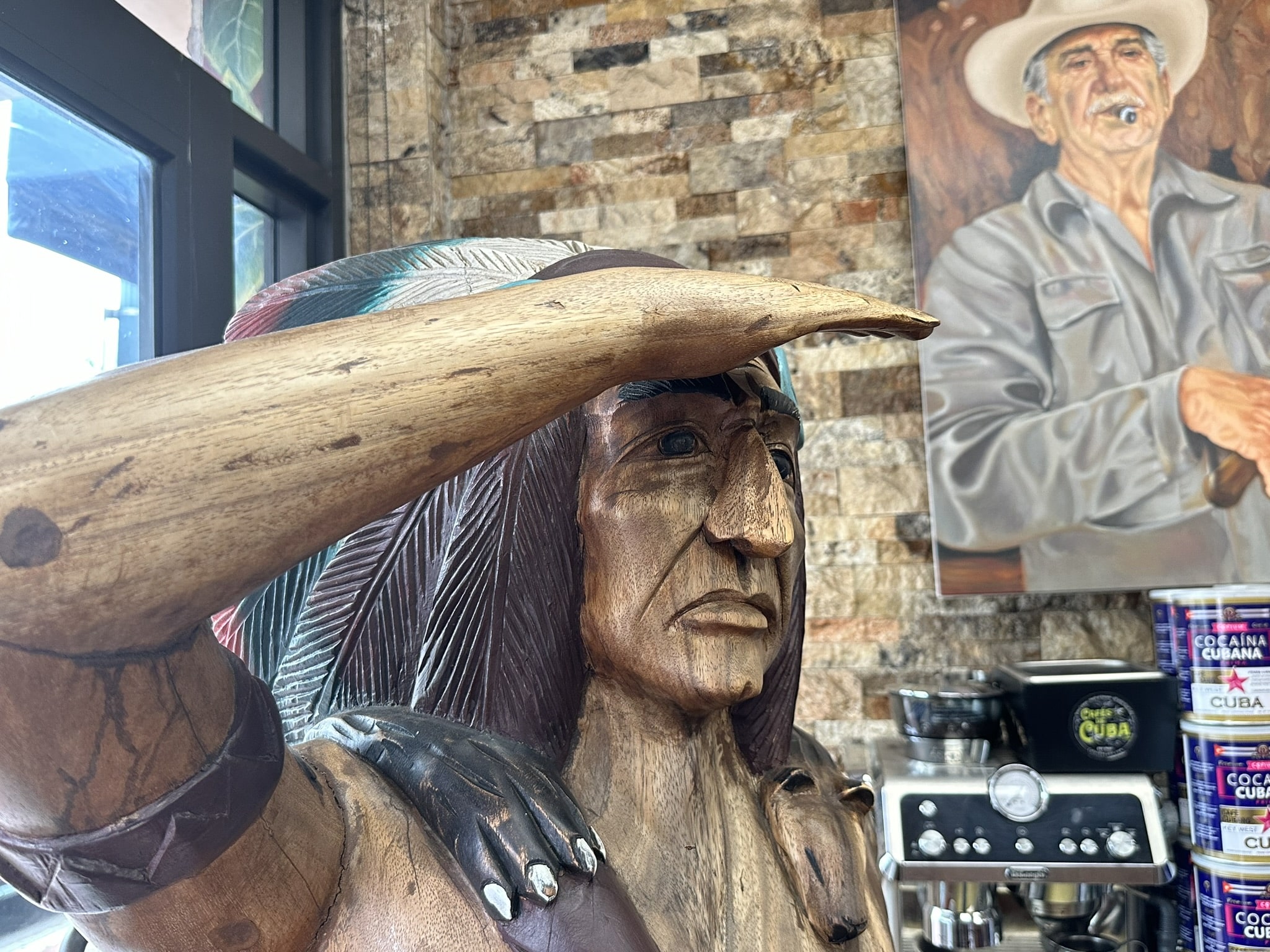
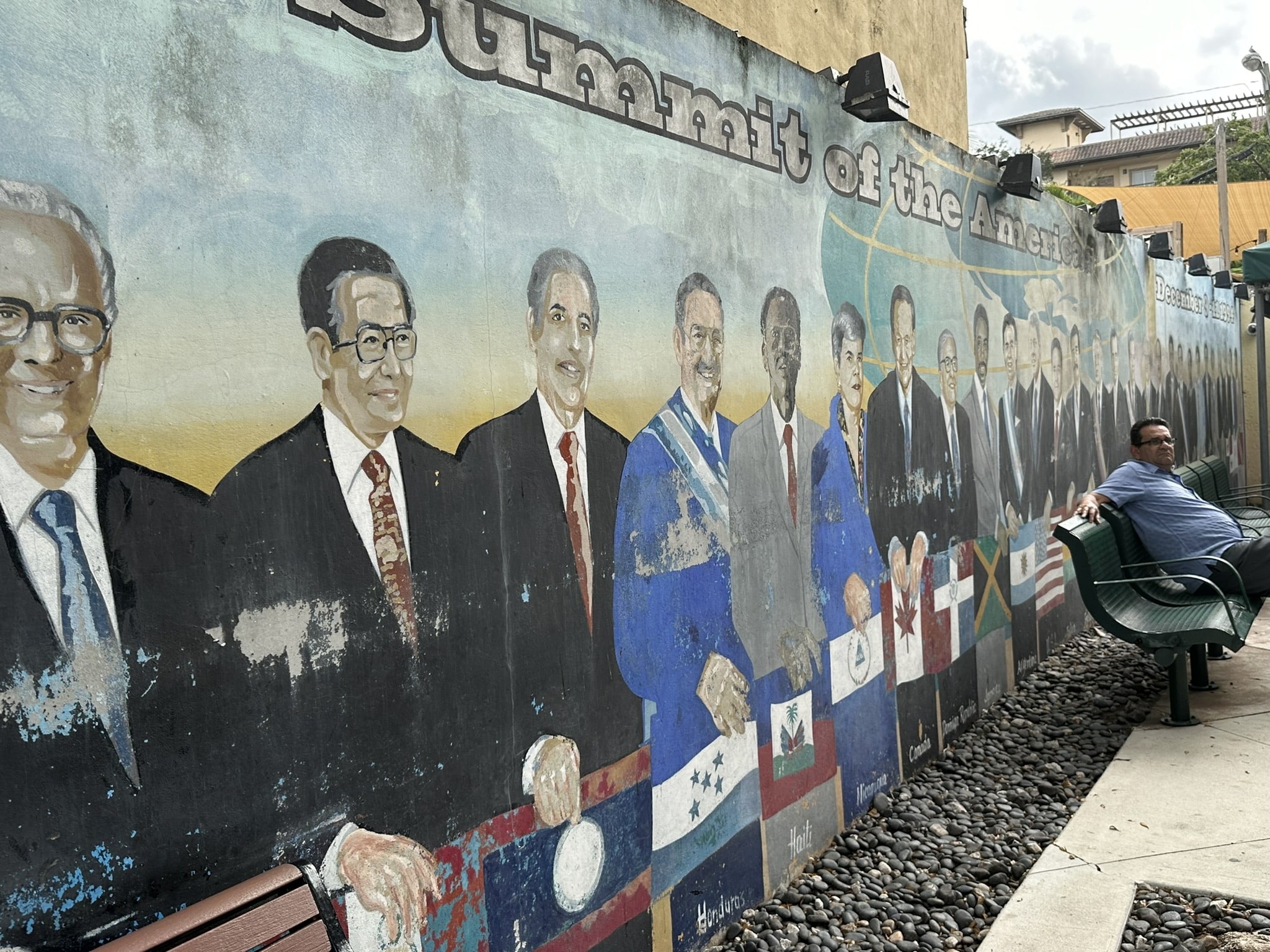

And of course, there’s live music in many places — yes, even during the day mid-week.
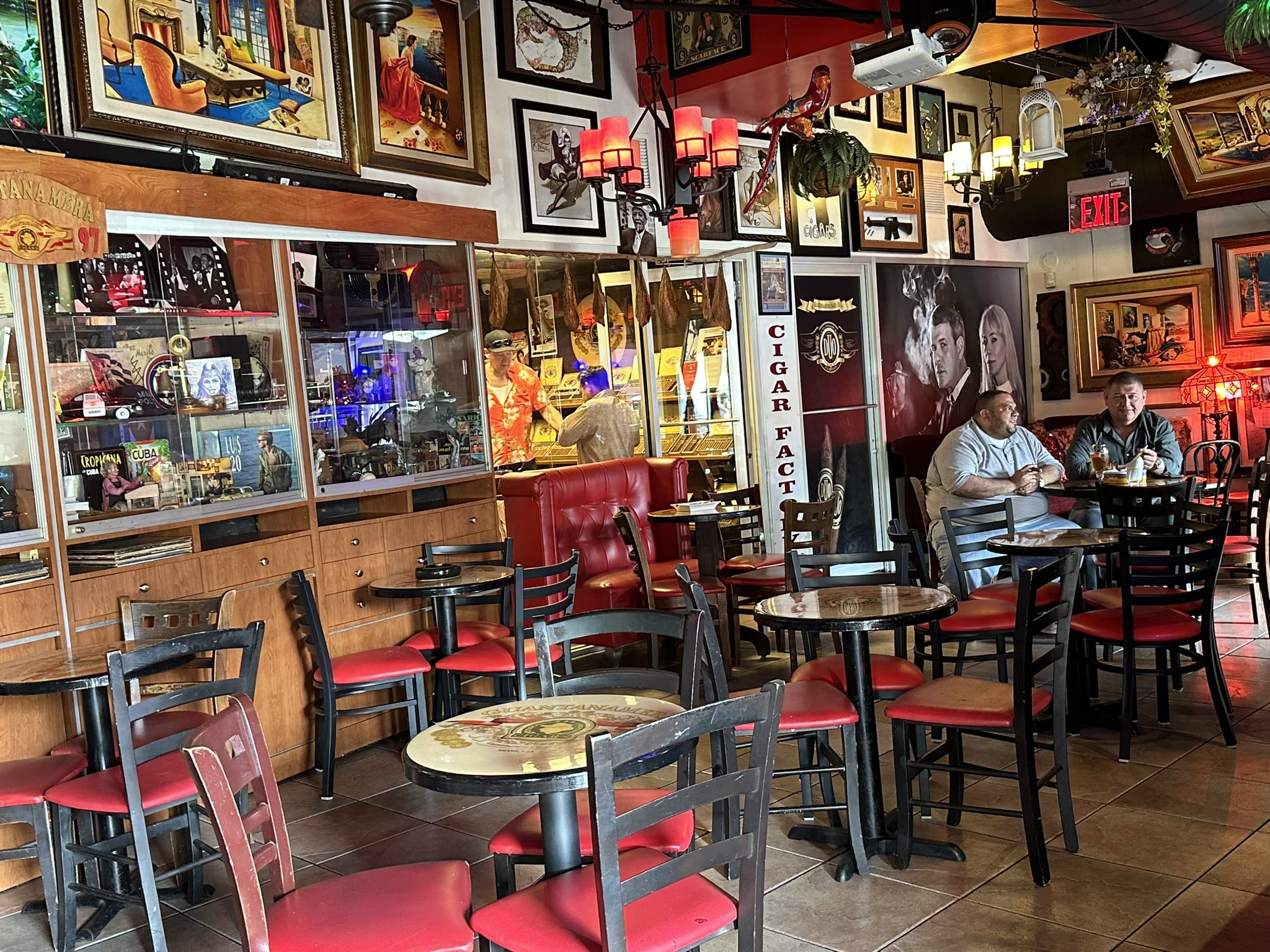
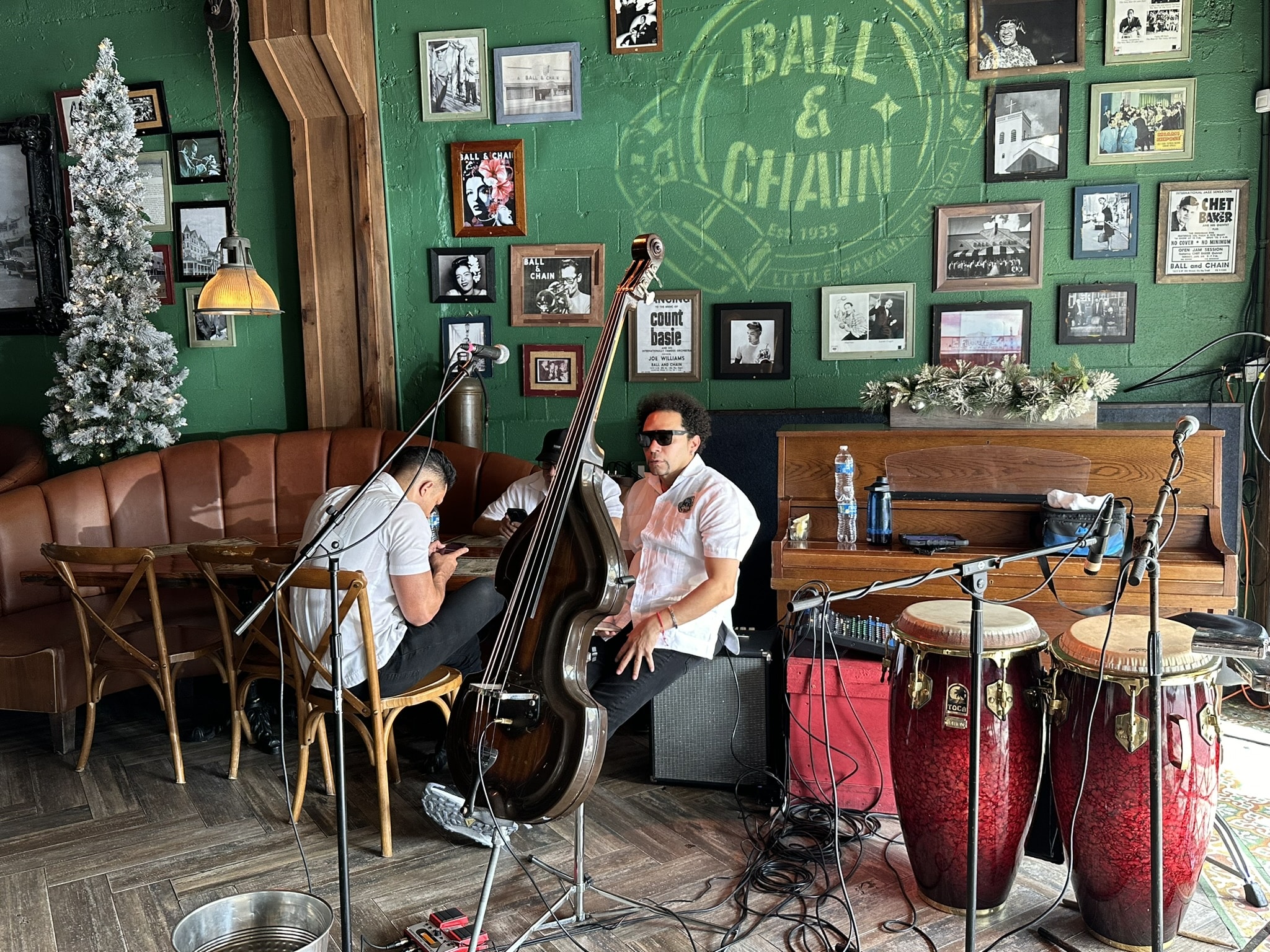
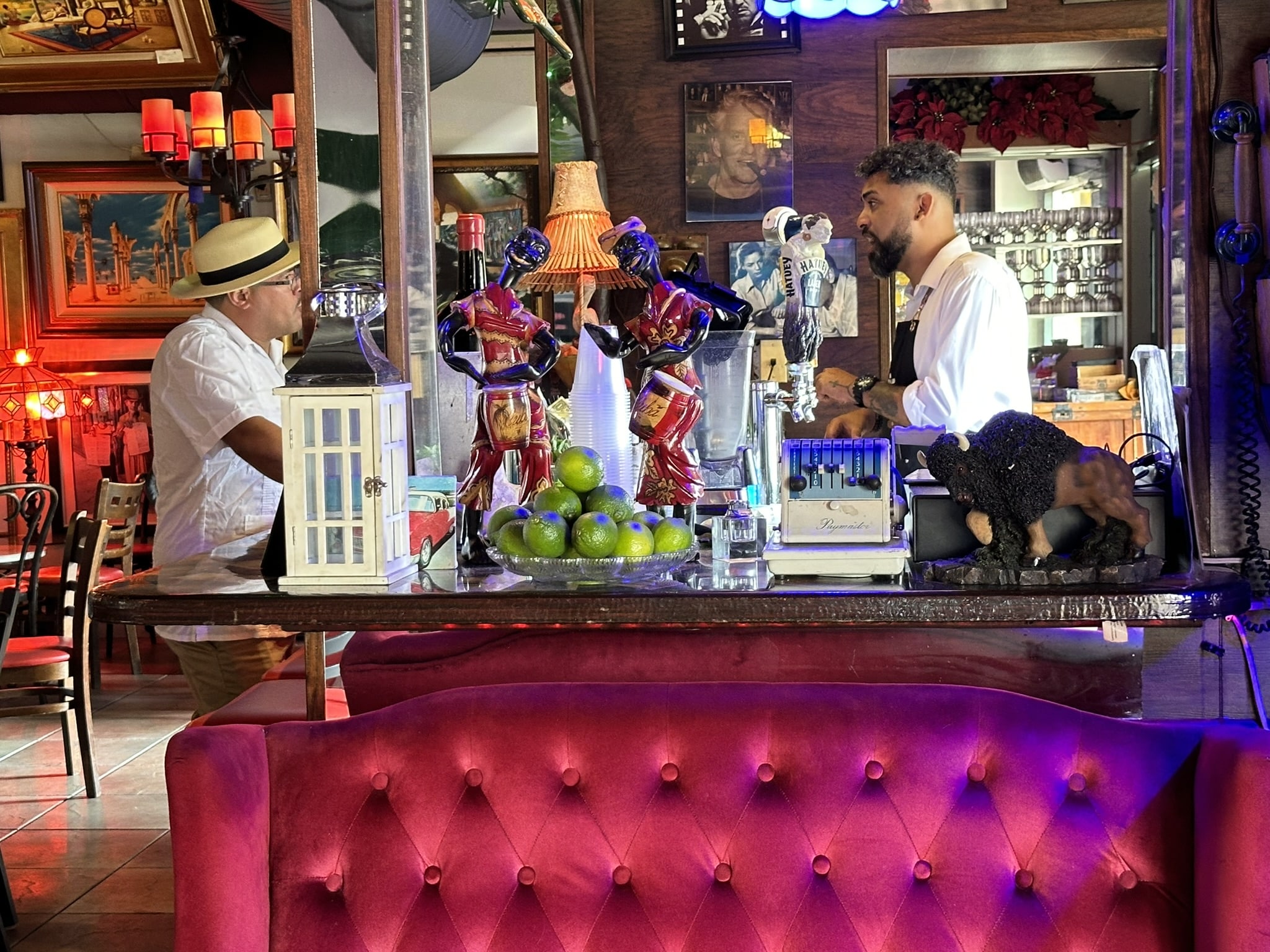
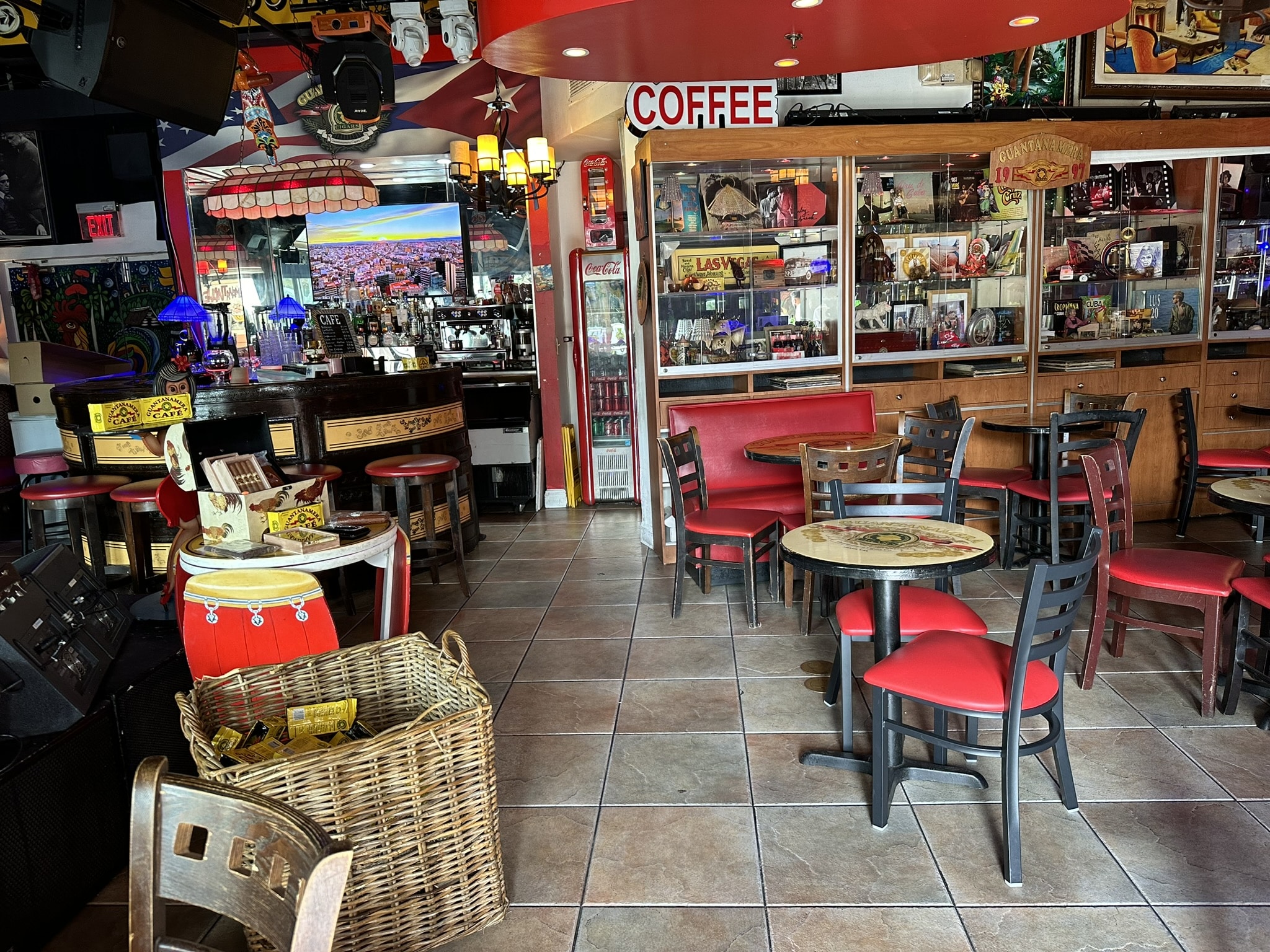
There are quite a few cigar-making shops along the main drag and down some of the side streets. I ventured into nearly every one of them as we had time to walk around after the tour ended. It was so fascinating that we hung out for a few hours to walk around before testing the local bus system to get to another neighborhood in Miami. If you’re short on time, I’d suggest taking a taxi.
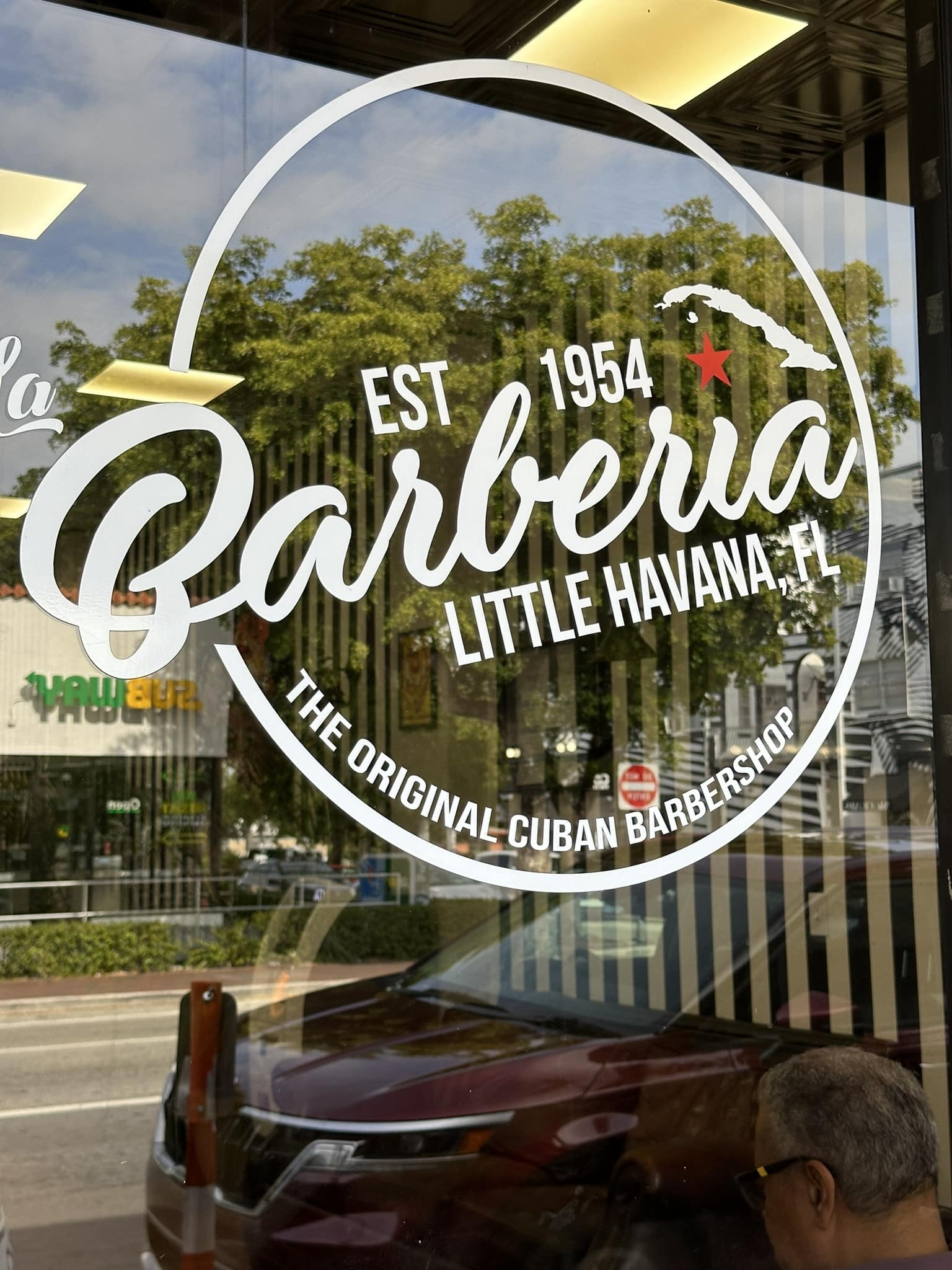
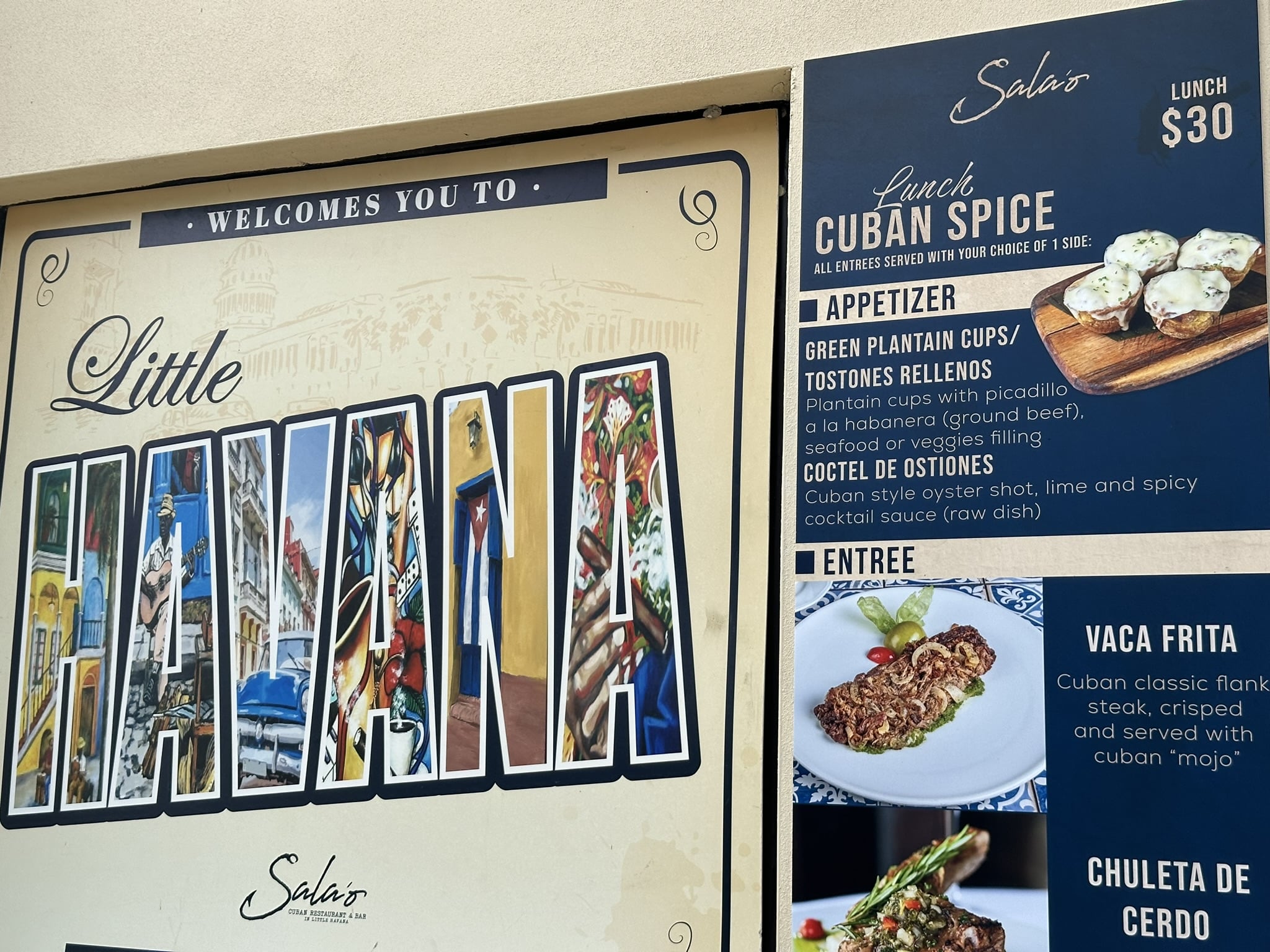

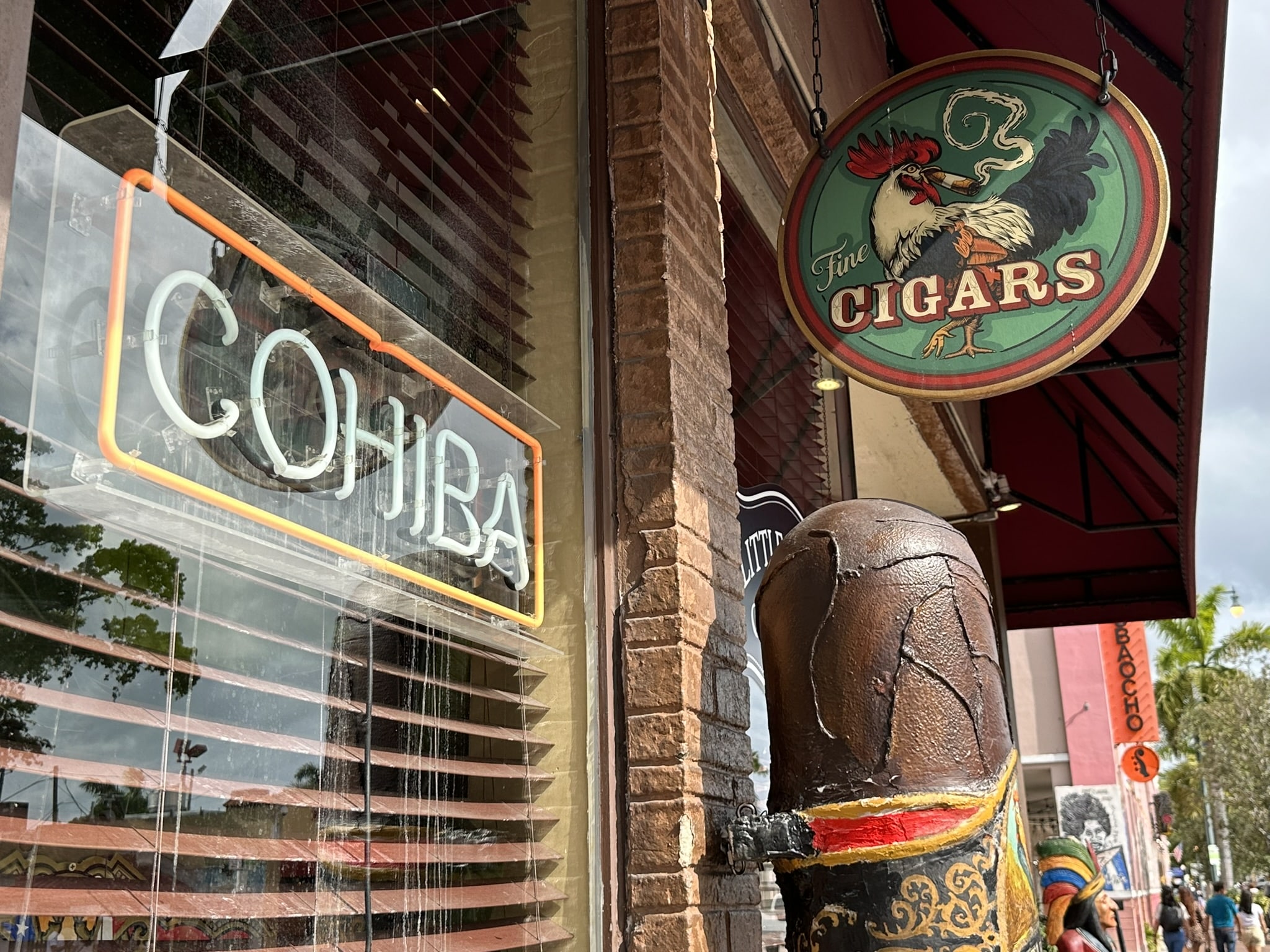

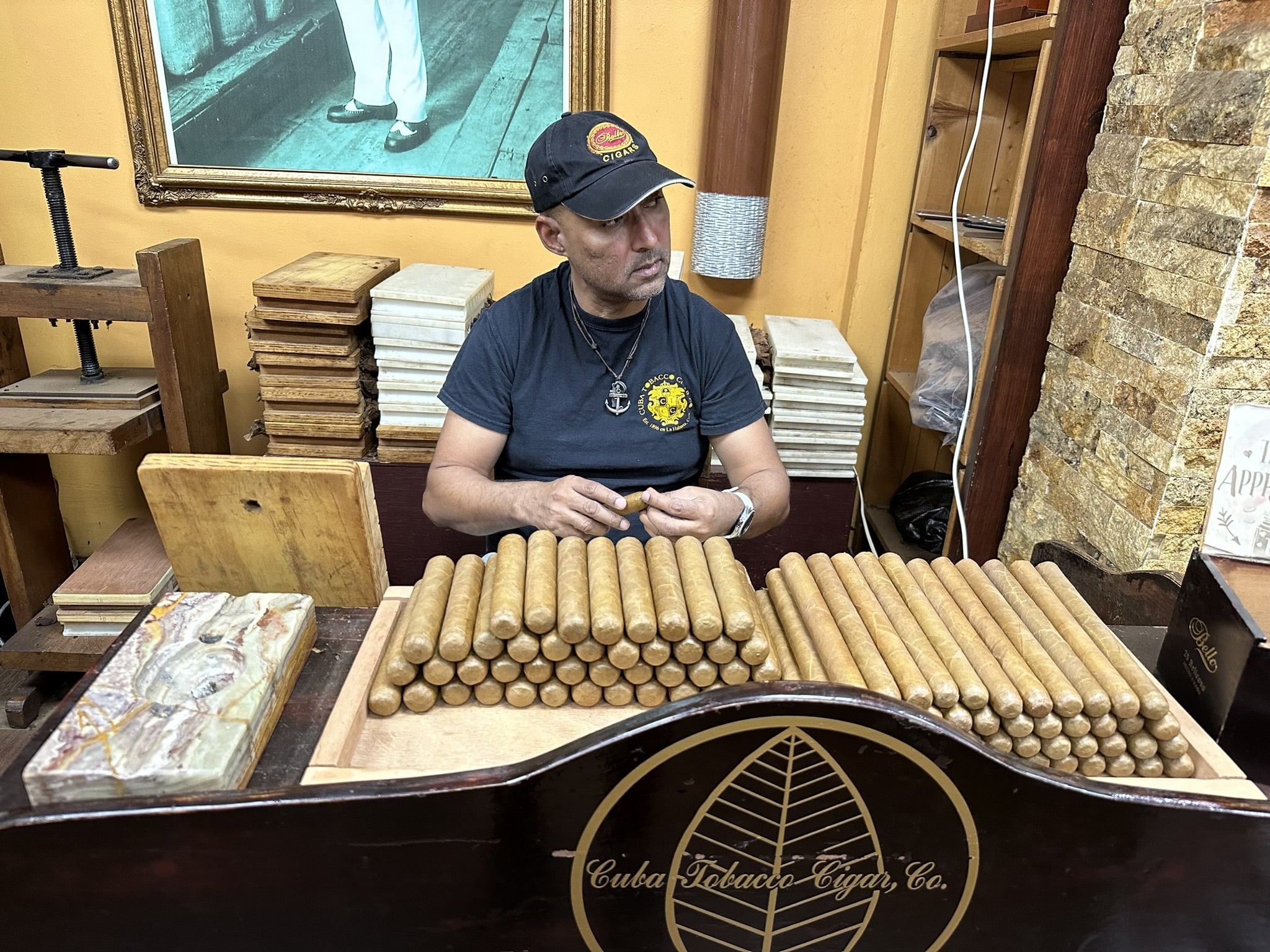
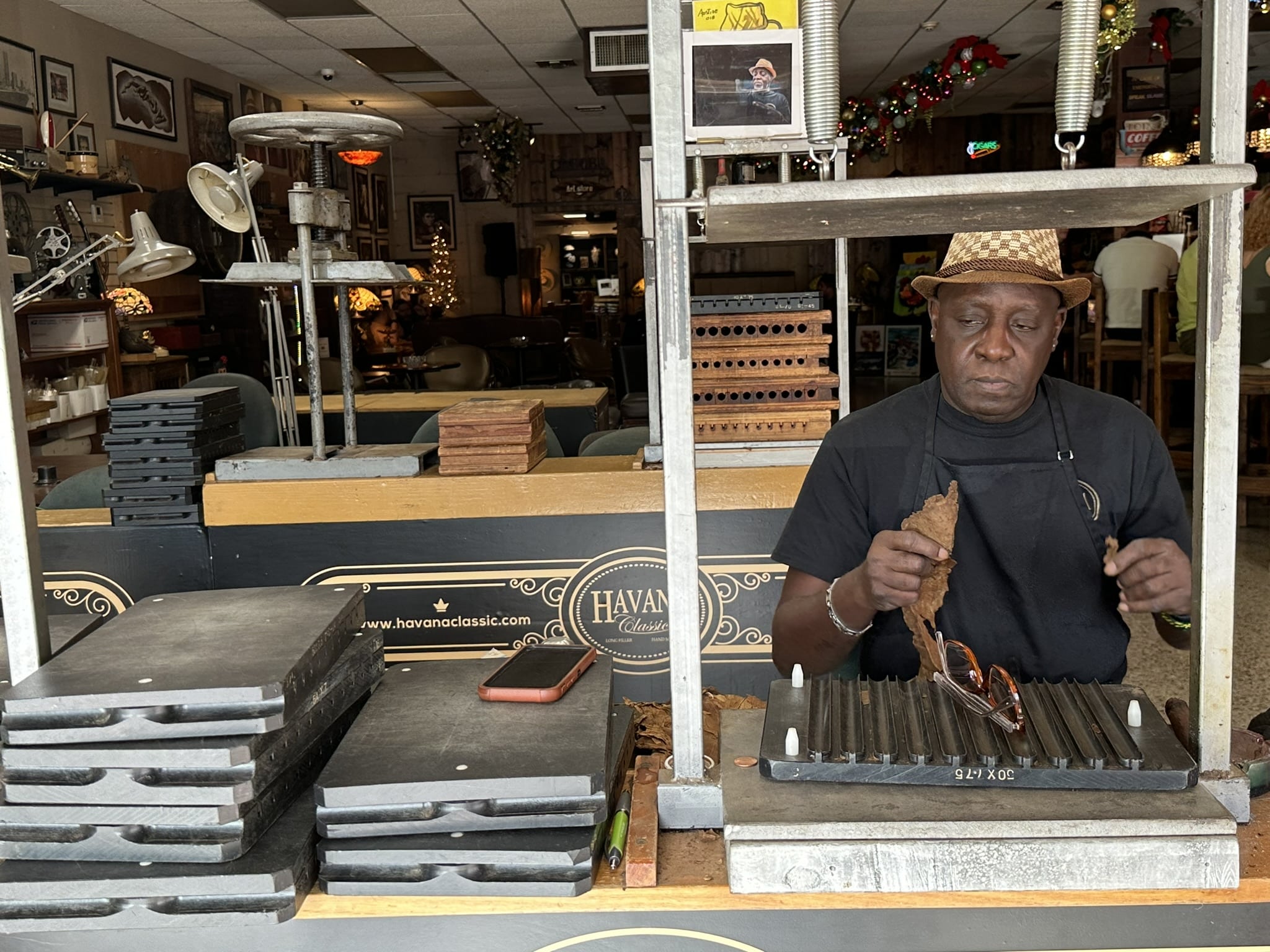
Below, we stop at Cubata Restaurant for longer than any other stop, for a sandwich and an epic Mojito. We loved all of it — be sure to watch our video below as it brings our Cubata experience to life.
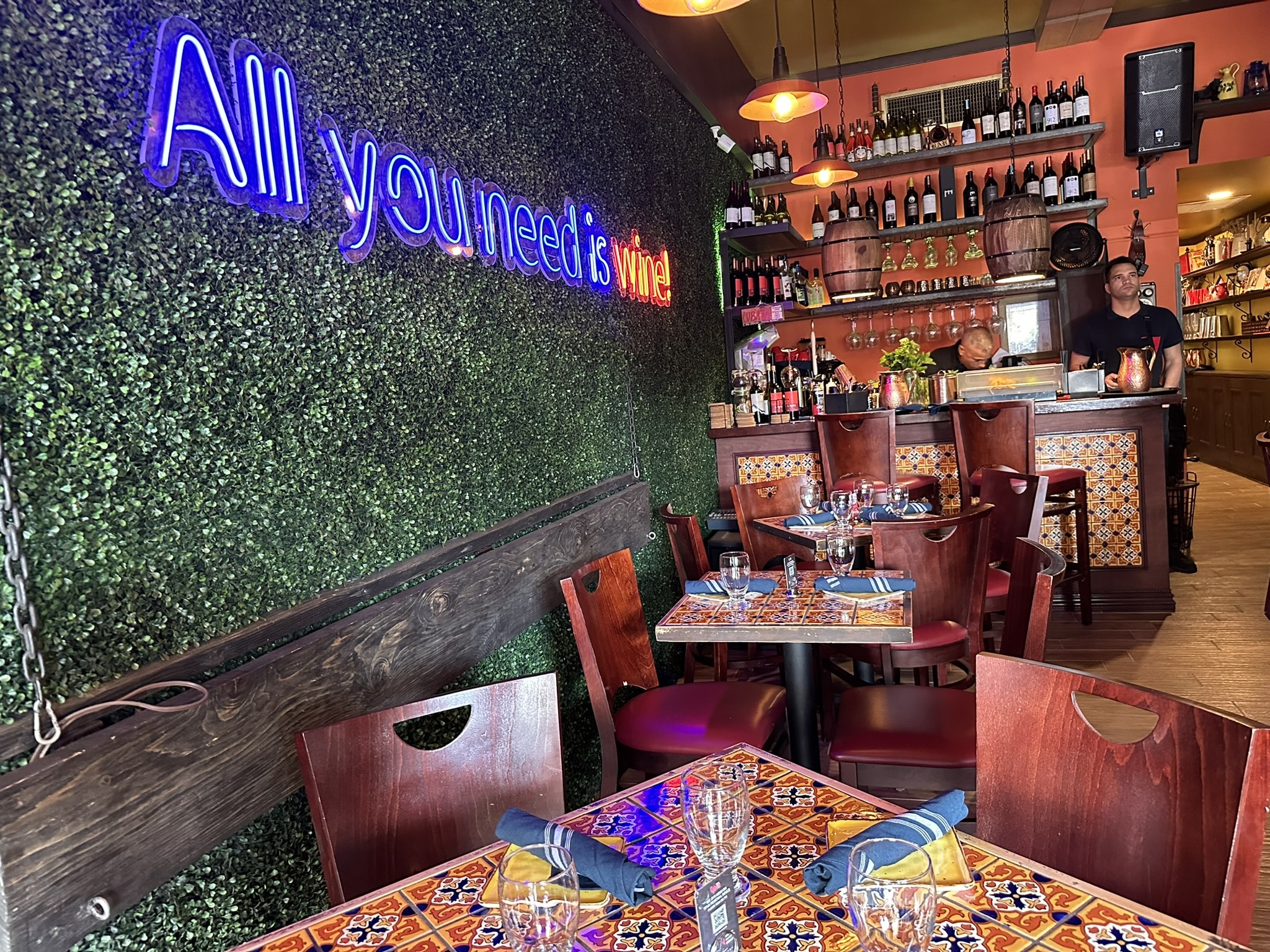
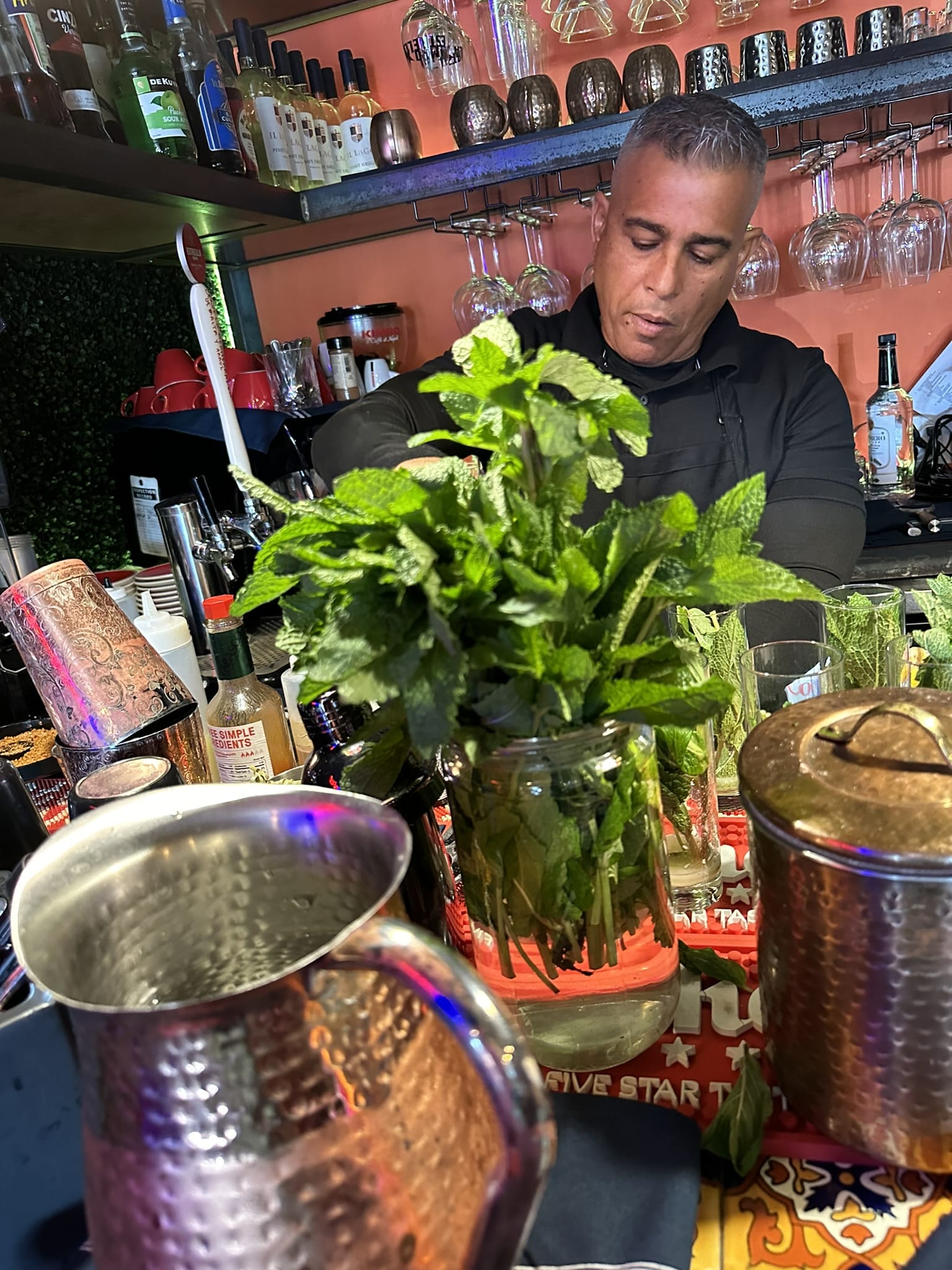
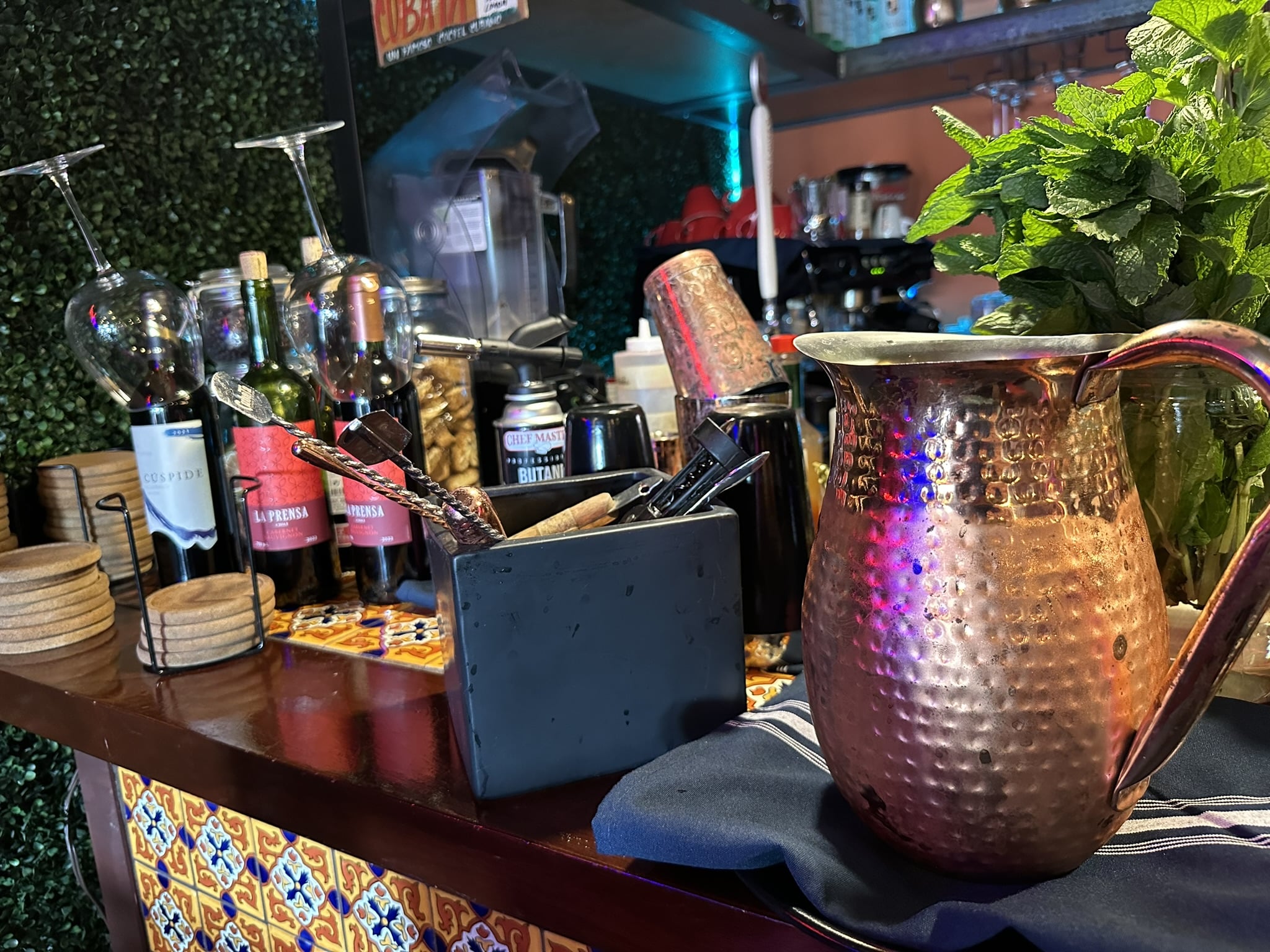
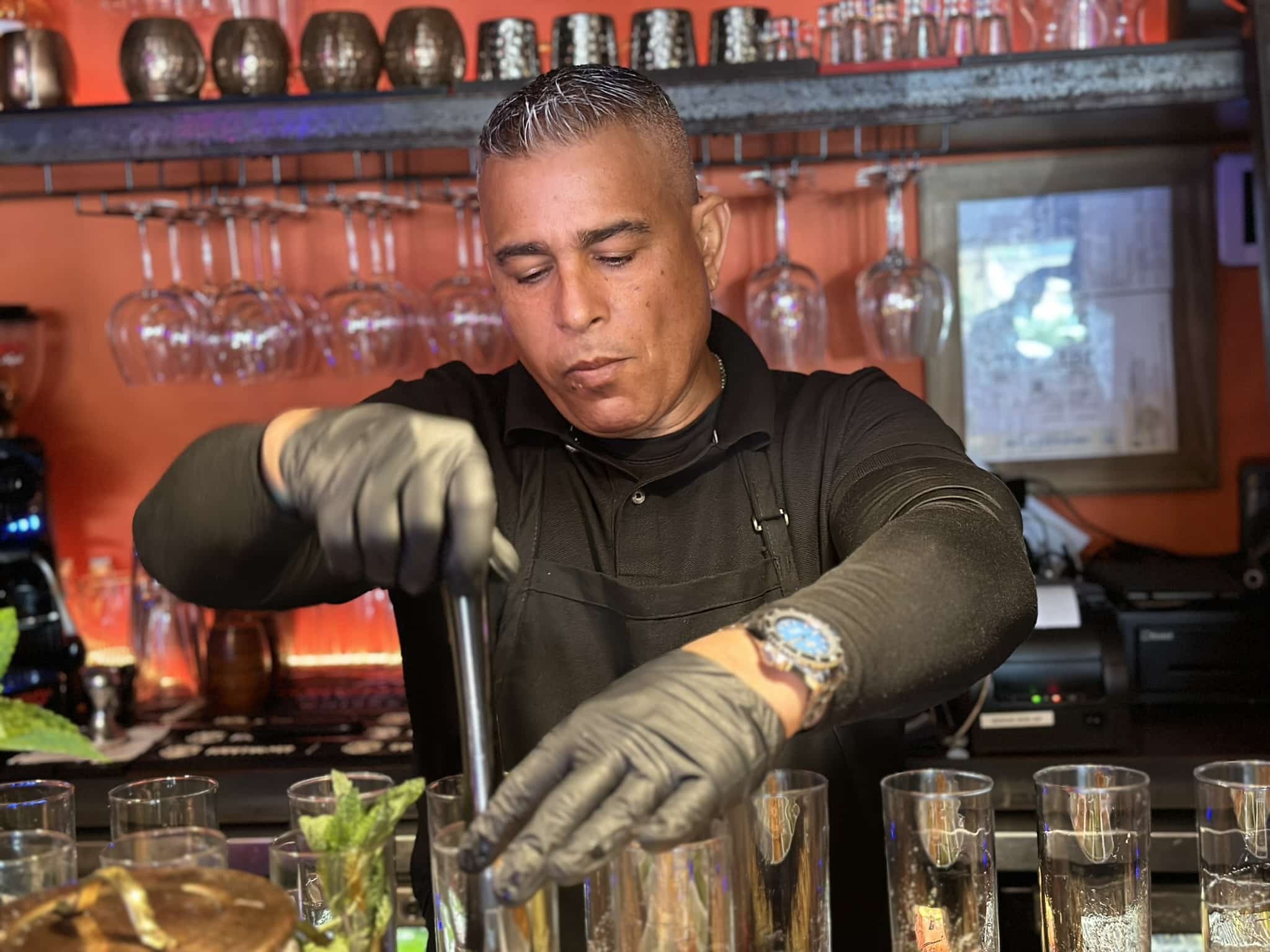

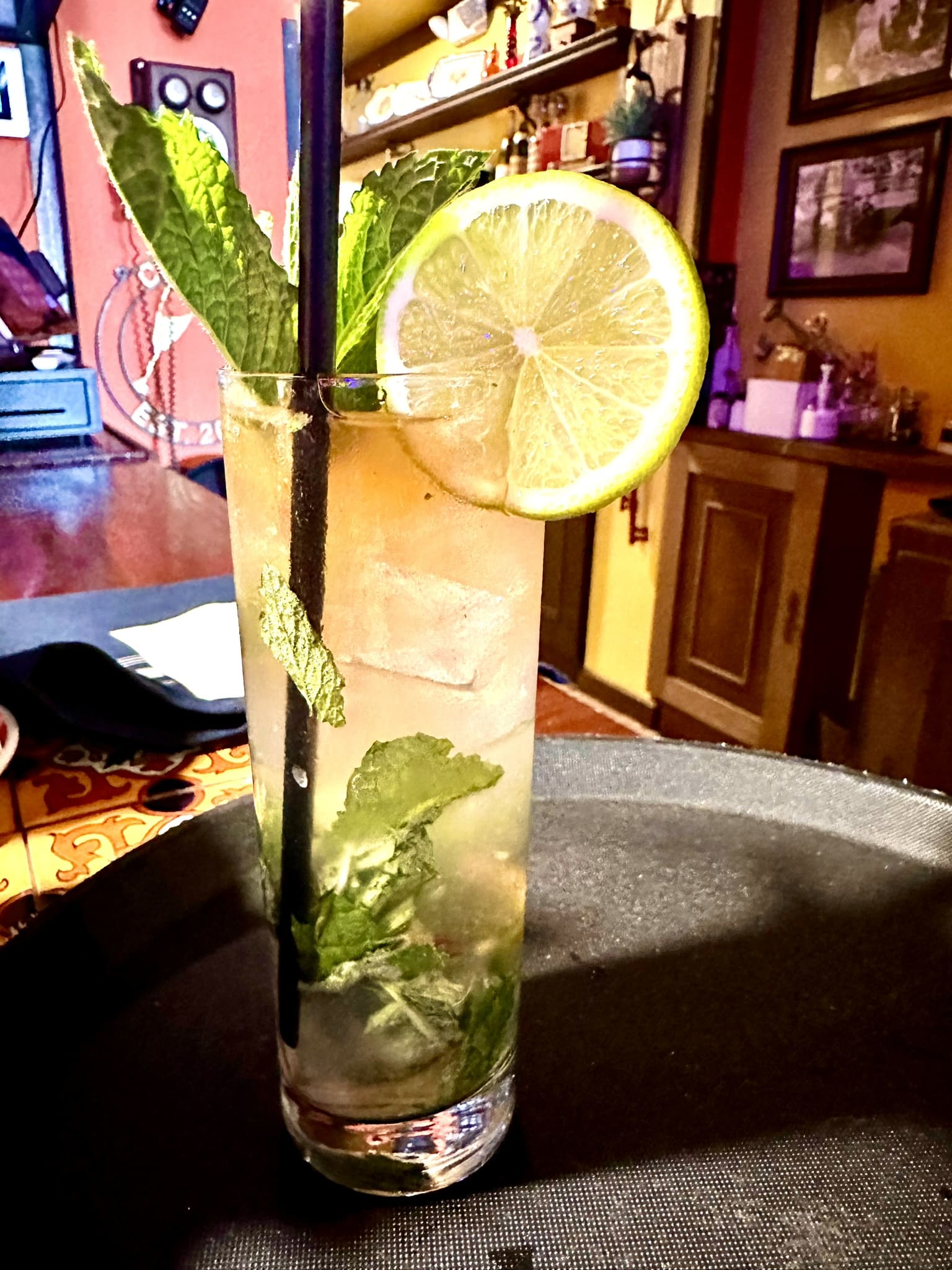
Mojitos at Cubata – yes, please. Bring them on!
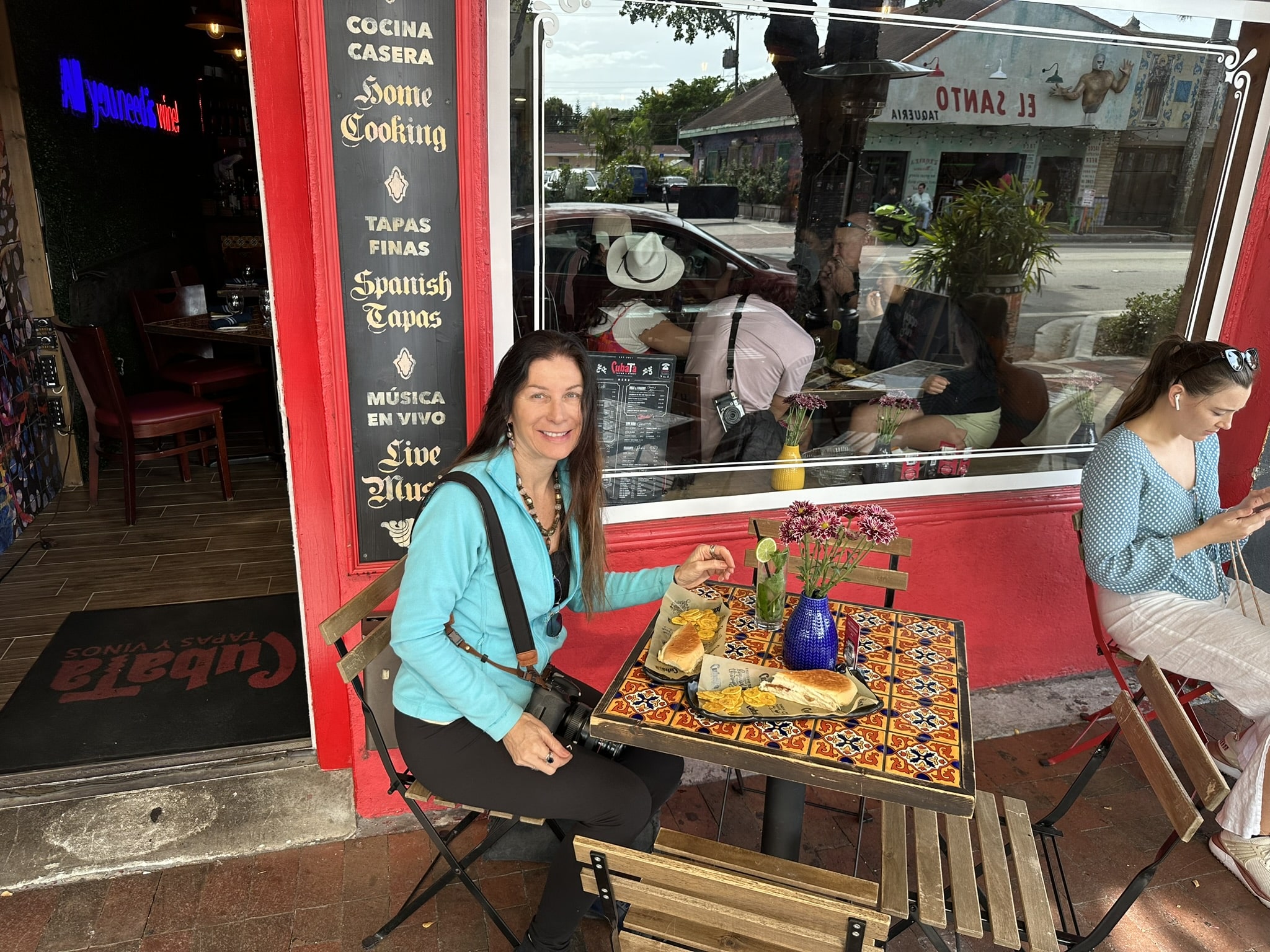
Sitting outside walking the world go by at Cubata. It’s a great place to people watch.
This lady is such a gem. Dedicated to her craft, she stands at the sugarcane juicing machine and churns out one drink after another. And she’s been there for YEARS.
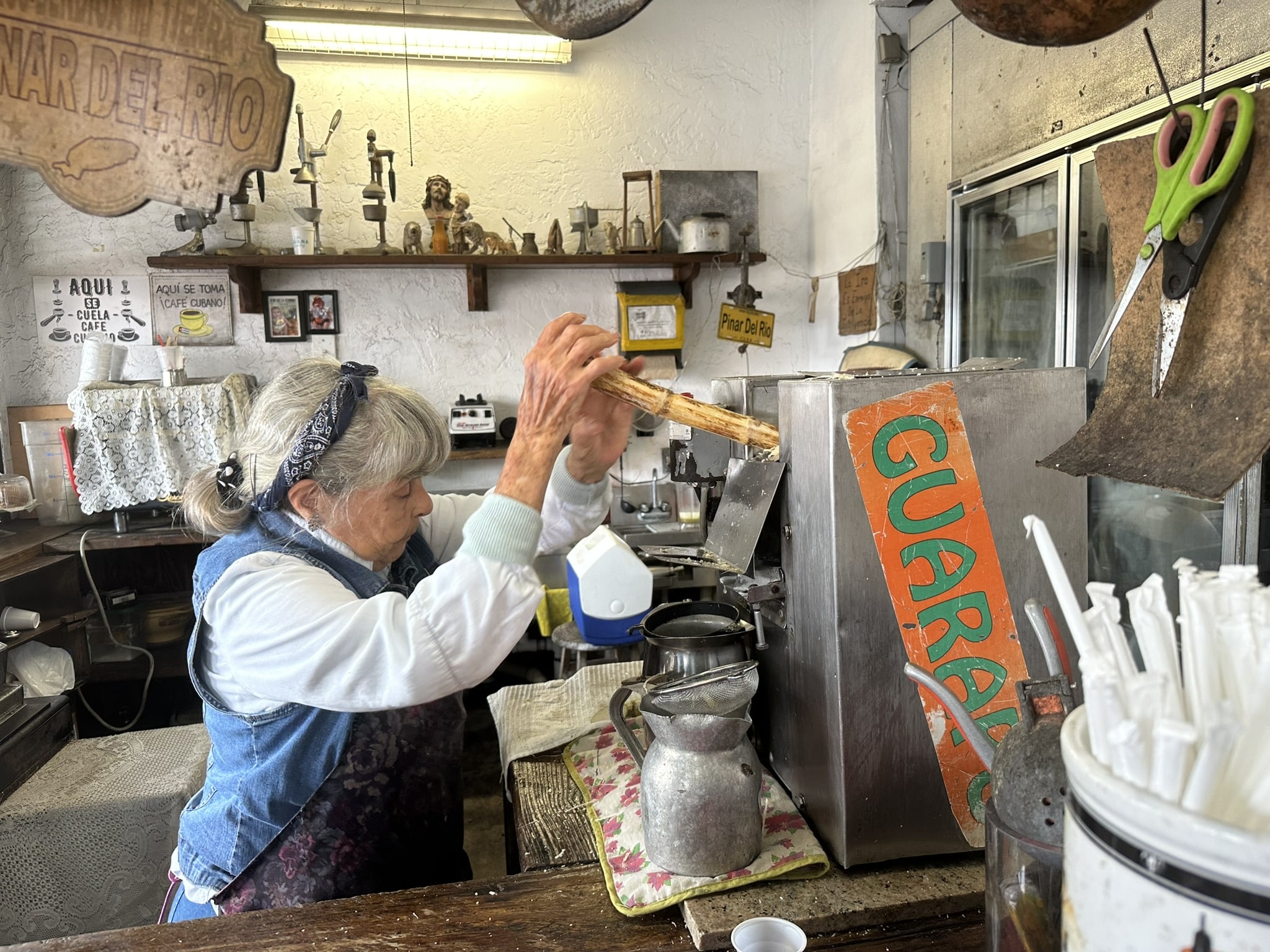
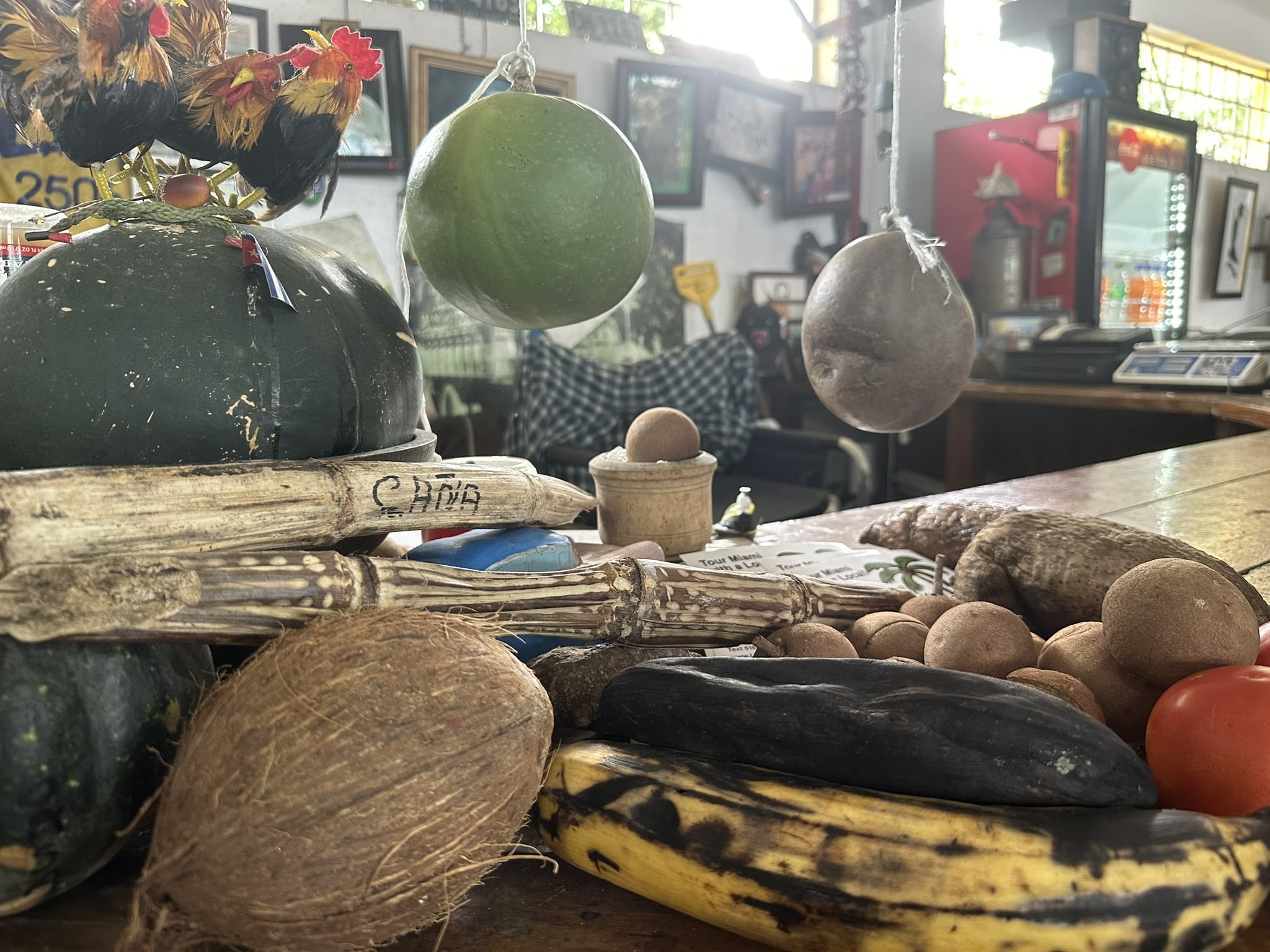
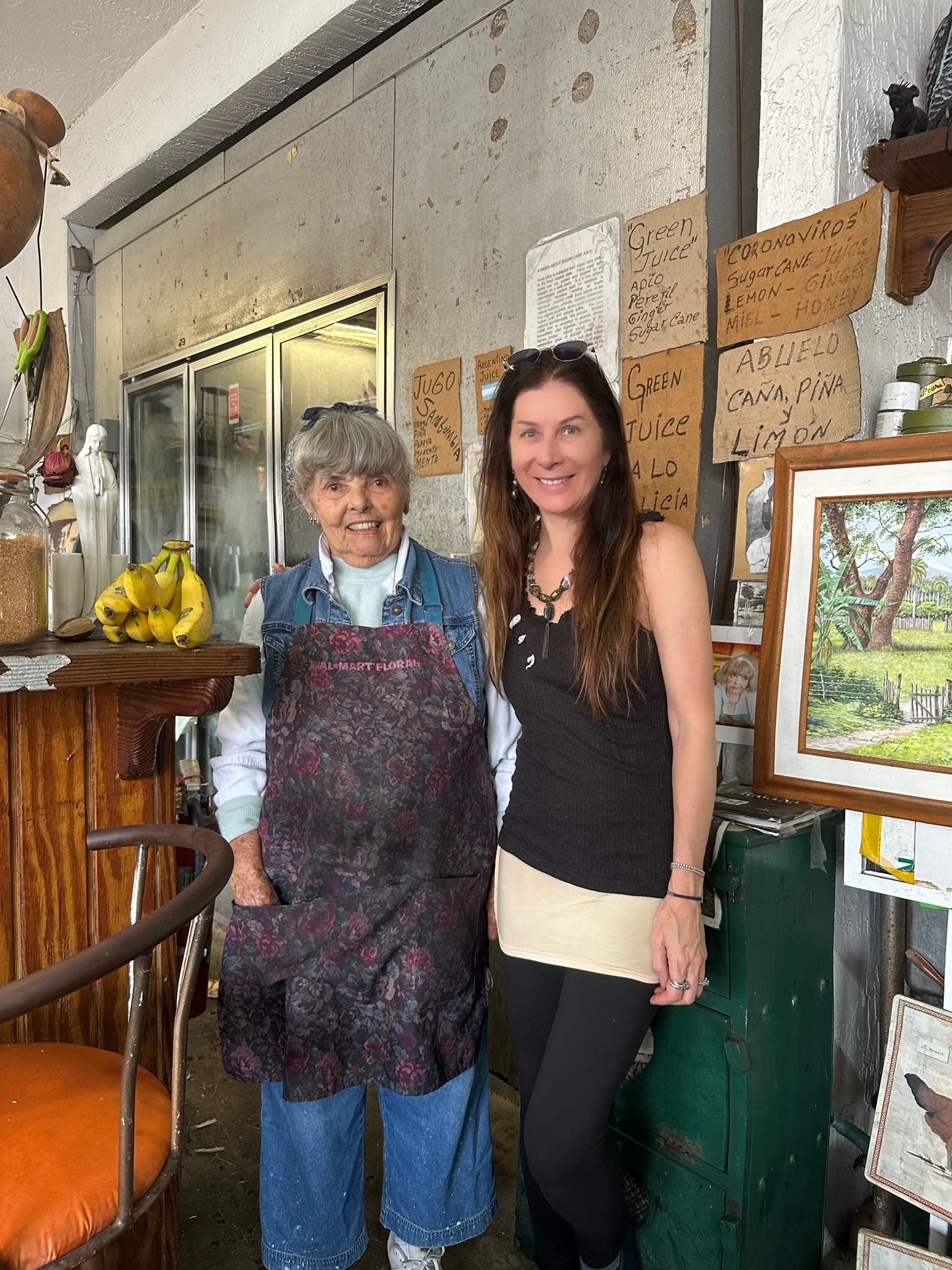
At La Churreria, their crispy exterior churrerias are generously dusted with cinnamon-sugar. Popular in Cuba, these cinnamon-sugar coated deep-fried pastries have become very popular amongst locals.
Also on the tour, you learn about Cuban history. I loved that Celia Cruz was honored on one of the statues. If you’re not familiar with her, she was a Cuban singer (one of the most known Latin artists of the 20th century). She rose to fame in Cuba in the 1950’s, where the nickname “La Guarachera de Cuba” took off and later, she became known as the Queen of Salsa. Not everyone may know about her commitment to acting as an active spokeperson for the Cuban community in exile.
Also, did you know that Ernest Hemingway lived in Cuba for thirty years? I didn’t until I discovered it on our walk. Dedicated to Hemingway and his book The Old Man and the Sea, this seafood restaurant along the main drag is called Sala’o Cuban Bar & Pescaderia. It’s got a great vibe if you have a chance to visit it. There’s also live music as well so be sure to book a table on a weekend.
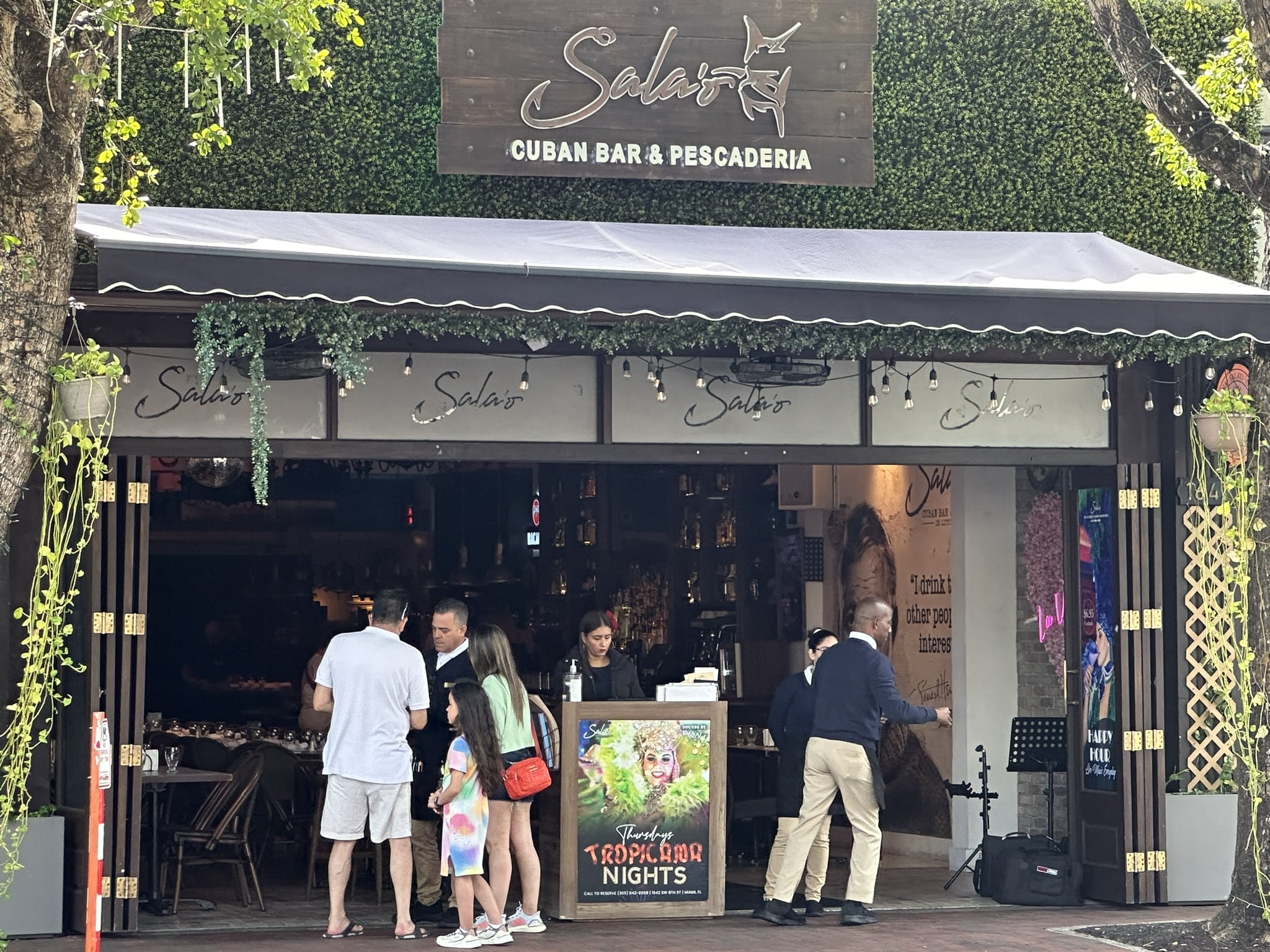
There are fun shops as well to buy clothing and traditional Cuban hats. We had a blast exploring several of them.
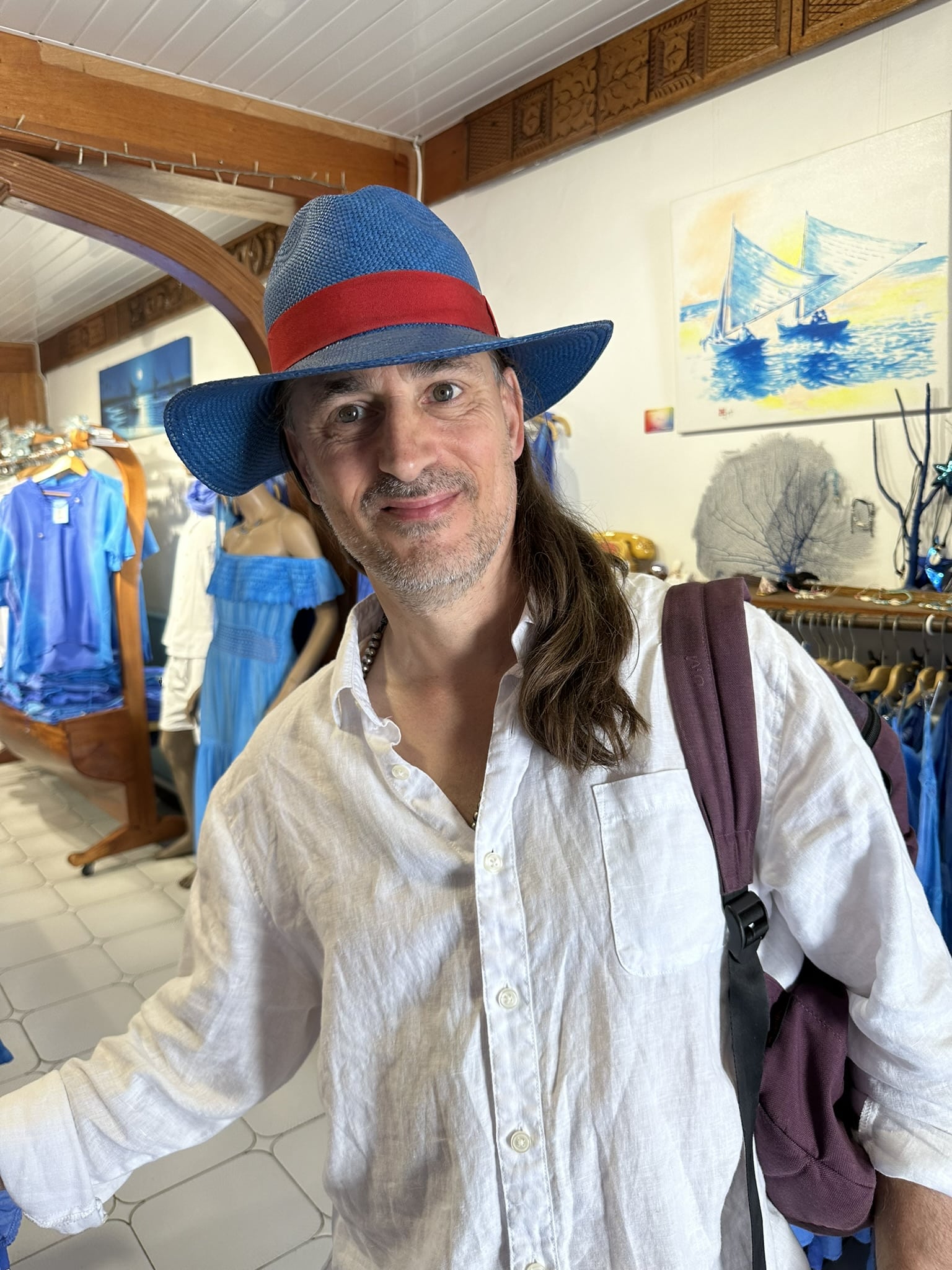
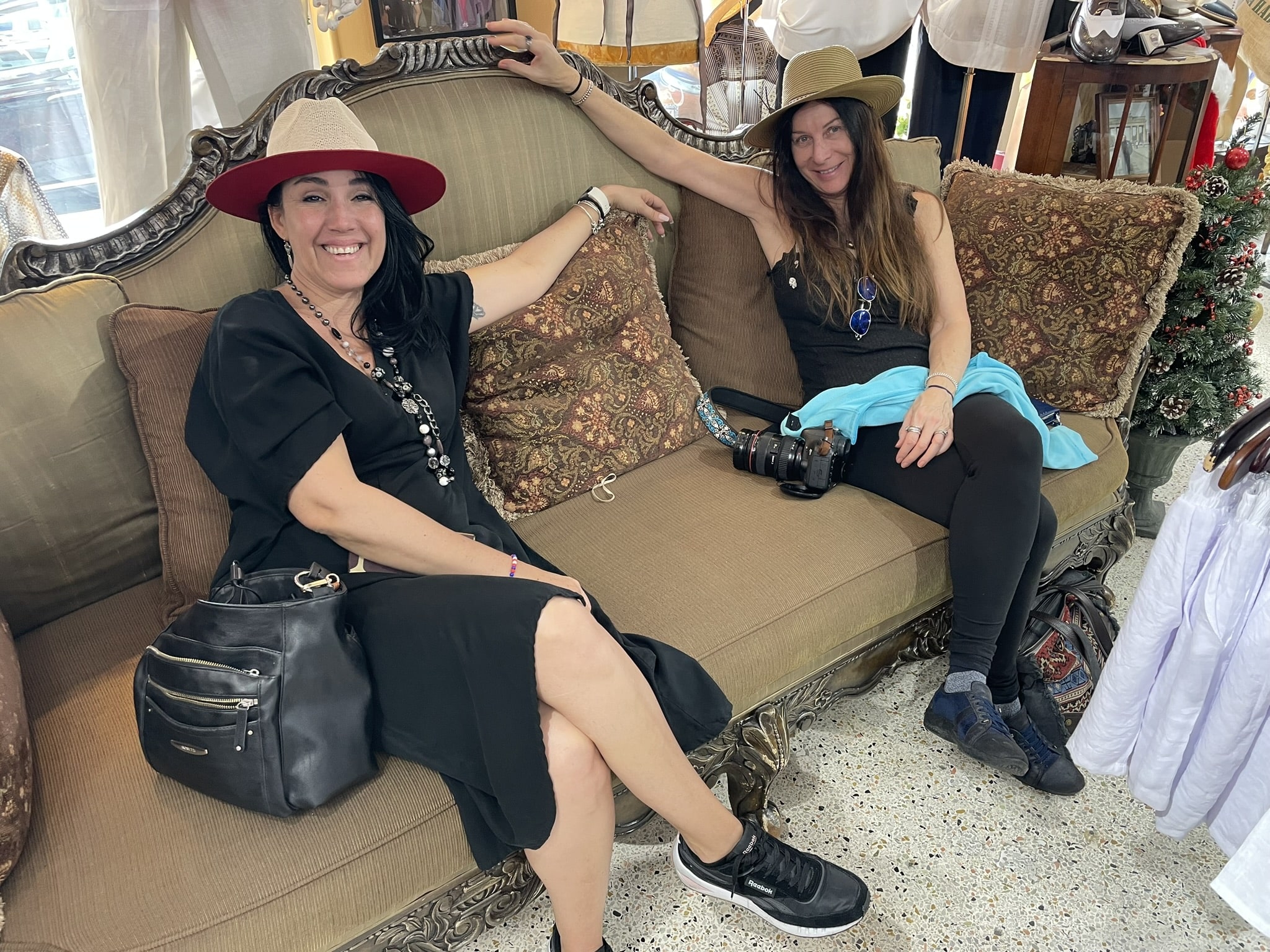
Hanging out with our tour guide after the tour.
Want to experience it for yourself? For more information, check out this link on the Miami Culinary Tours page for additional details including how to book. Below is a fun short video highlighting our experience.

Renee Blodgett is the founder of We Blog the World. The site combines the magic of an online culture and travel magazine with a global blog network and has contributors from every continent in the world. Having lived in 10 countries and explored nearly 80, she is an avid traveler, and a lover, observer and participant in cultural diversity.
She is also the CEO and founder of Magic Sauce Media, a new media services consultancy focused on viral marketing, social media, branding, events and PR. For over 20 years, she has helped companies from 12 countries get traction in the market. Known for her global and organic approach to product and corporate launches, Renee practices what she pitches and as an active user of social media, she helps clients navigate digital waters from around the world. Renee has been blogging for over 16 years and regularly writes on her personal blog Down the Avenue, Huffington Post, BlogHer, We Blog the World and other sites. She was ranked #12 Social Media Influencer by Forbes Magazine and is listed as a new media influencer and game changer on various sites and books on the new media revolution. In 2013, she was listed as the 6th most influential woman in social media by Forbes Magazine on a Top 20 List.
Her passion for art, storytelling and photography led to the launch of Magic Sauce Photography, which is a visual extension of her writing, the result of which has led to producing six photo books: Galapagos Islands, London, South Africa, Rome, Urbanization and Ecuador.
Renee is also the co-founder of Traveling Geeks, an initiative that brings entrepreneurs, thought leaders, bloggers, creators, curators and influencers to other countries to share and learn from peers, governments, corporations, and the general public in order to educate, share, evaluate, and promote innovative technologies.








